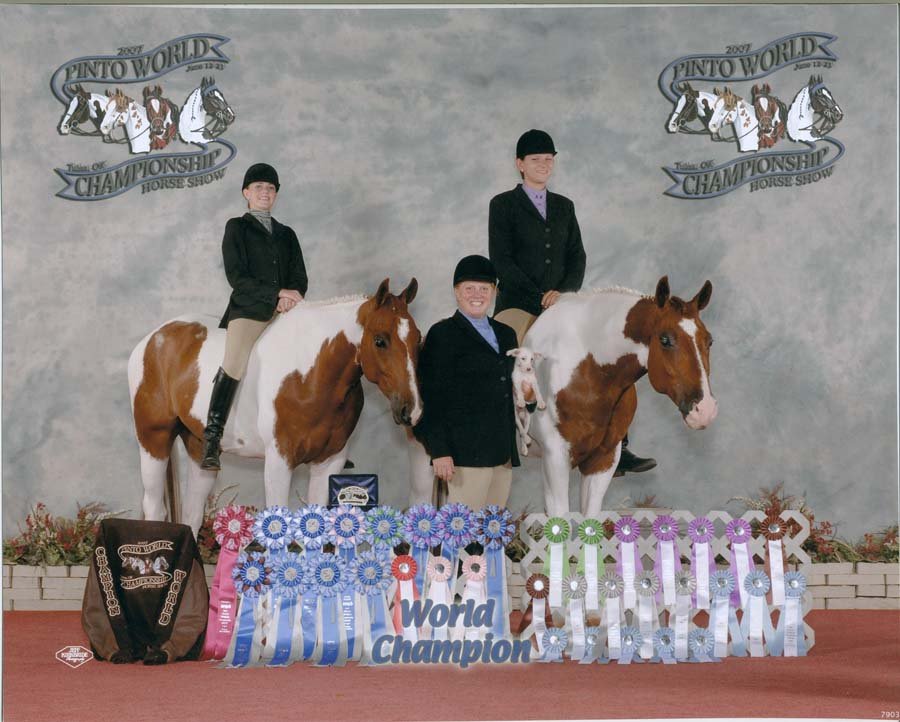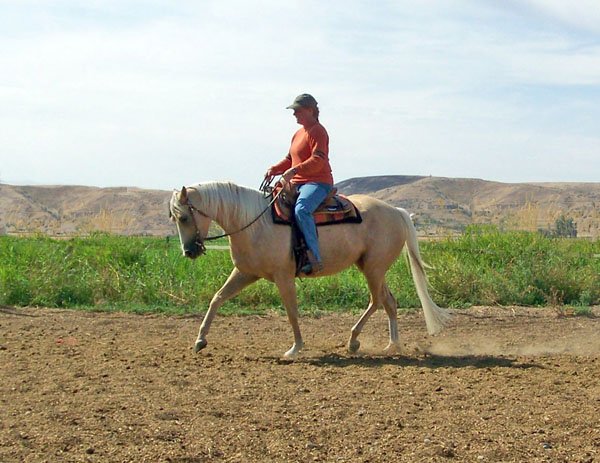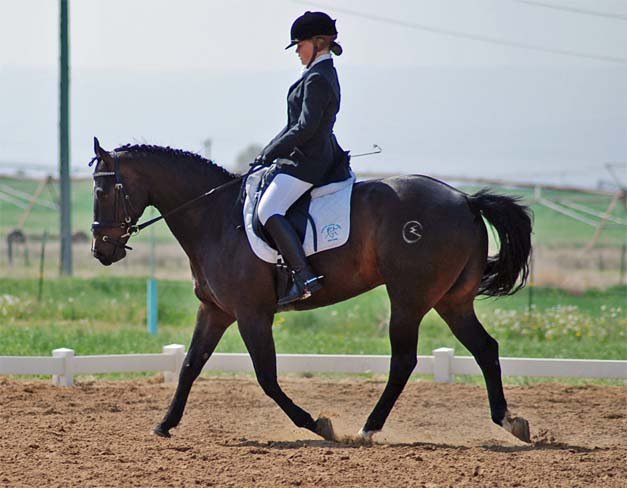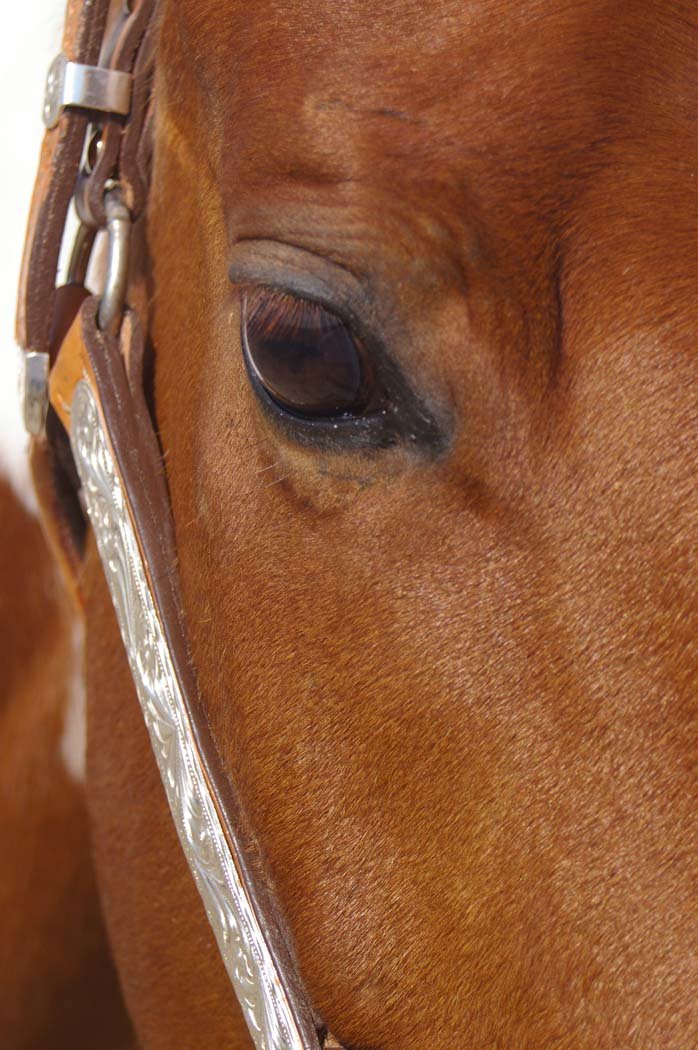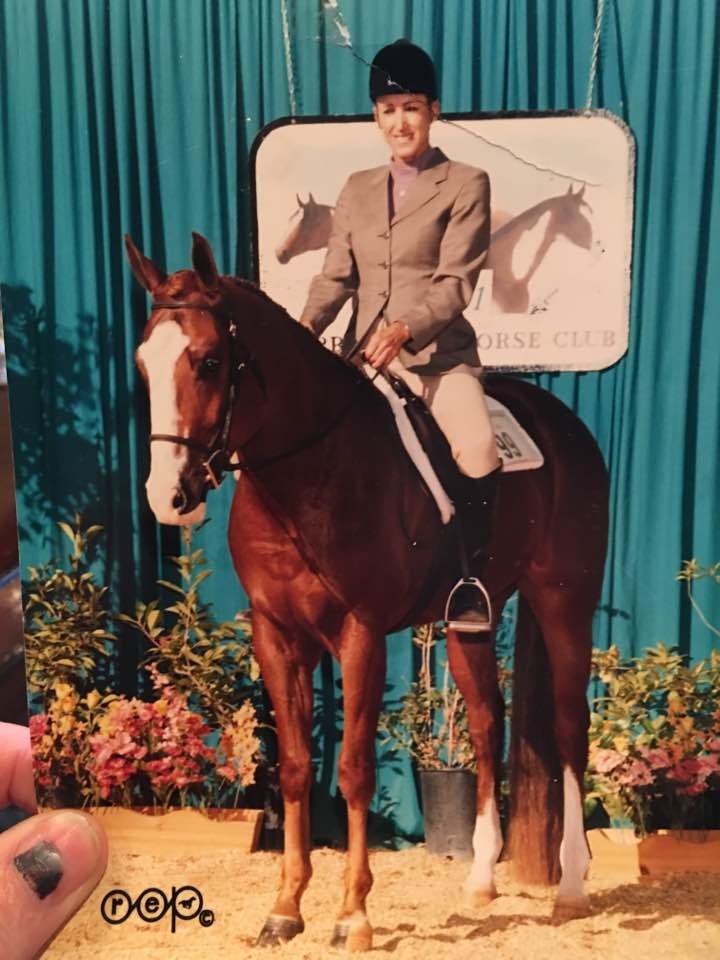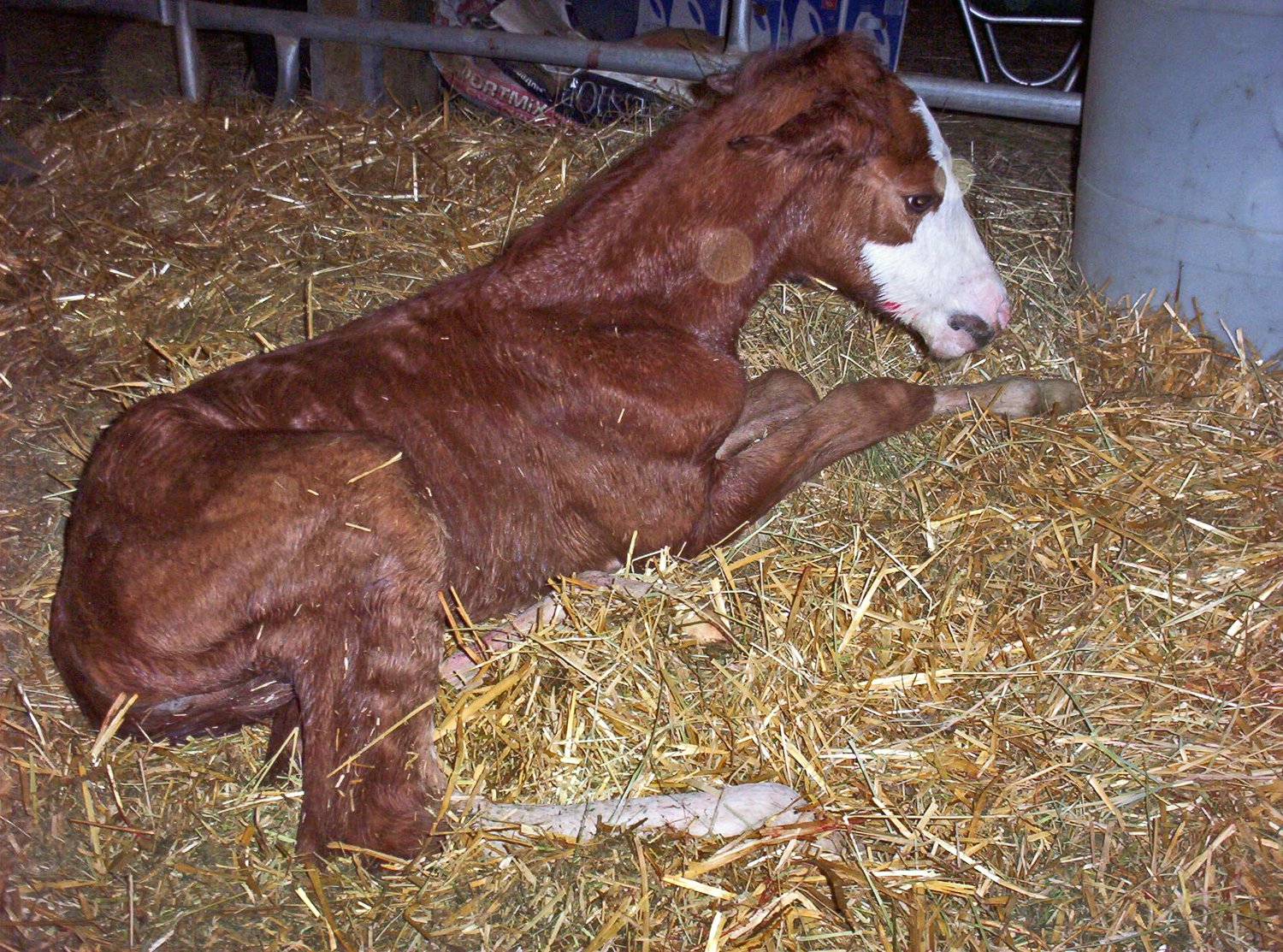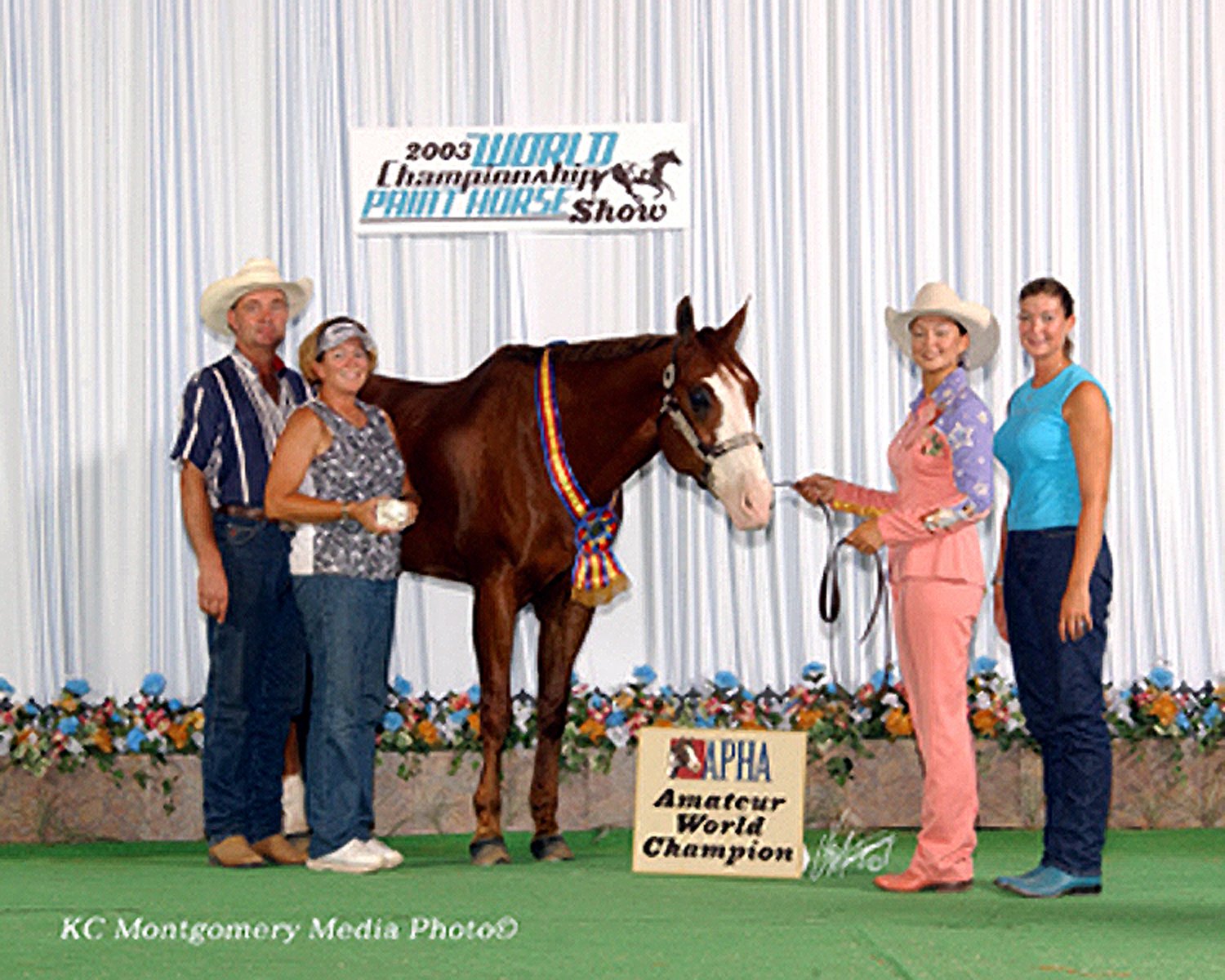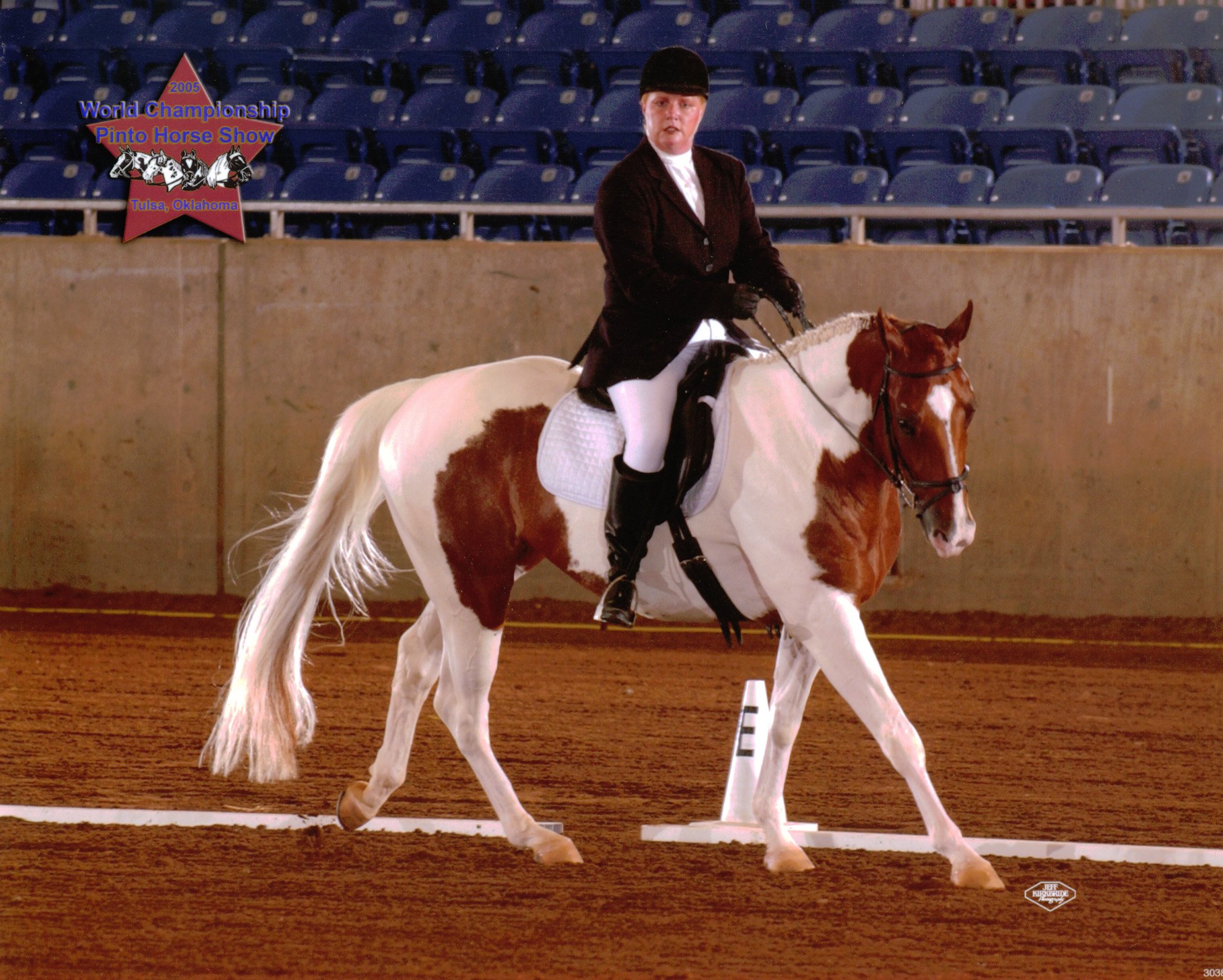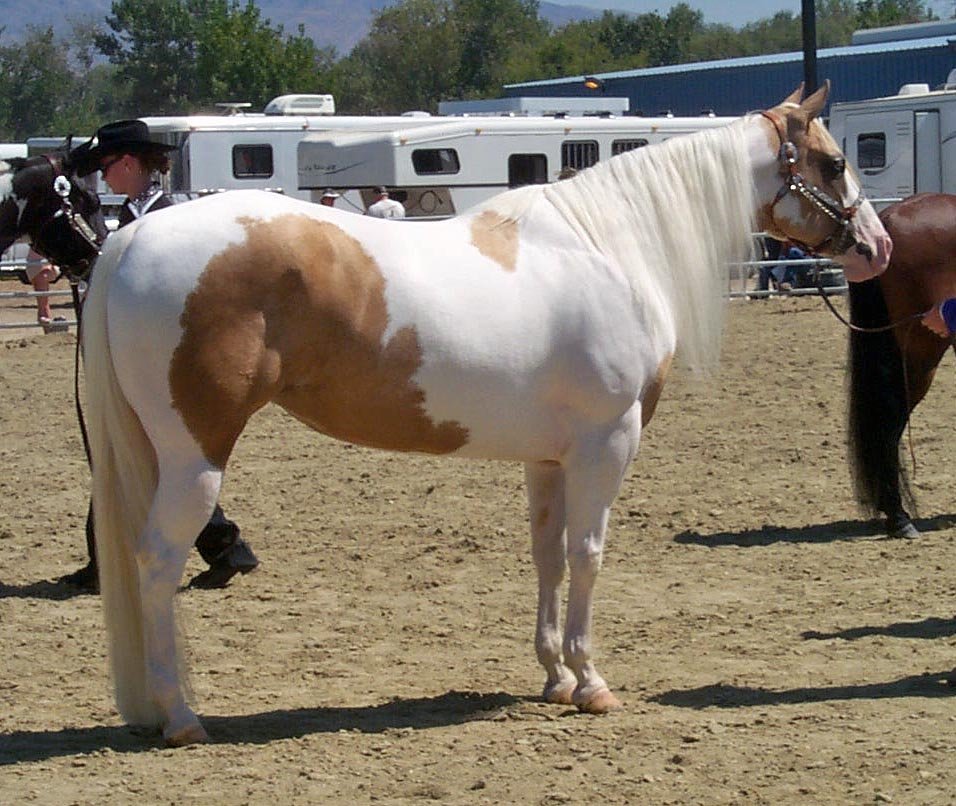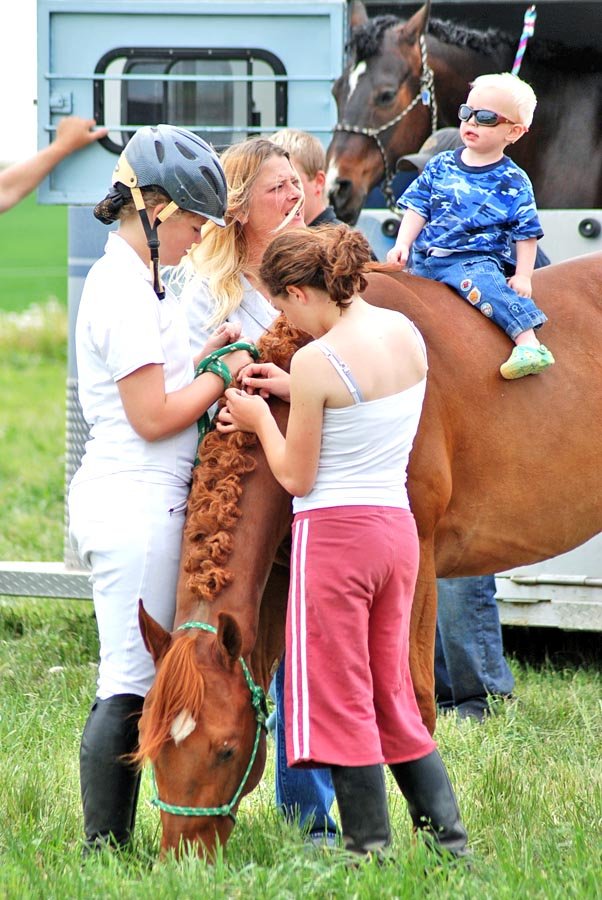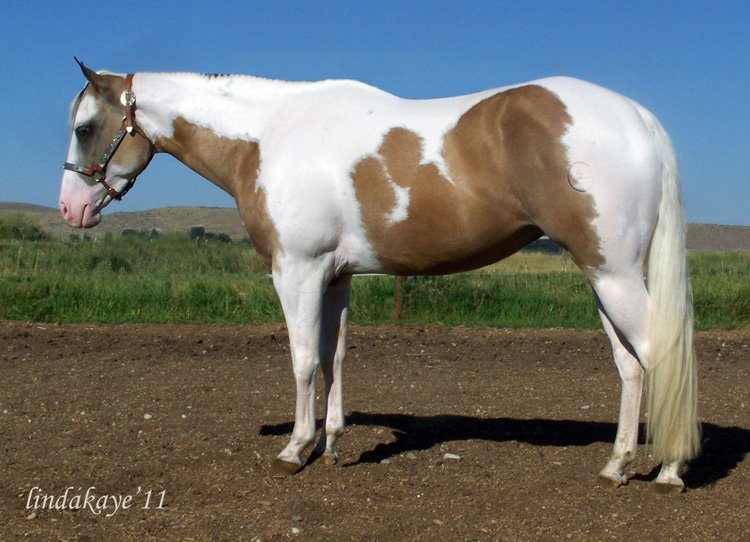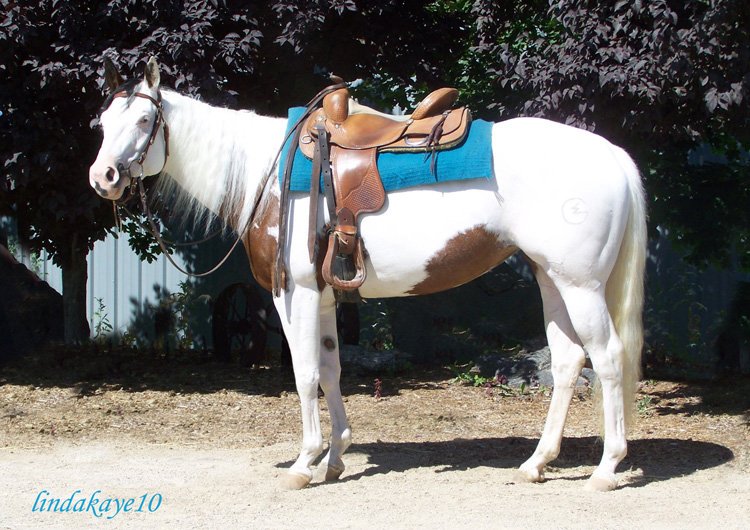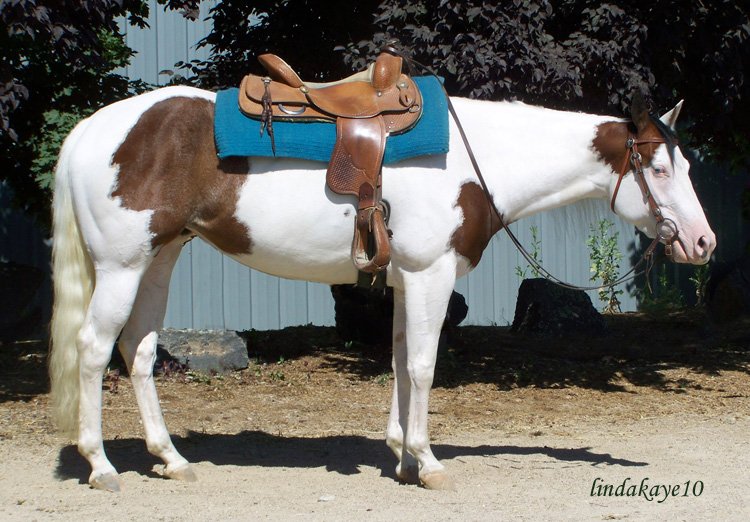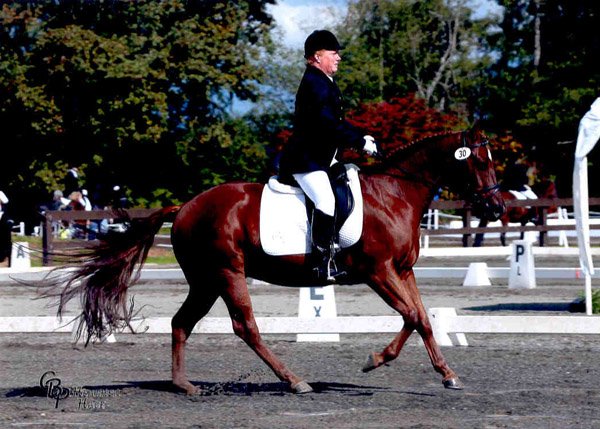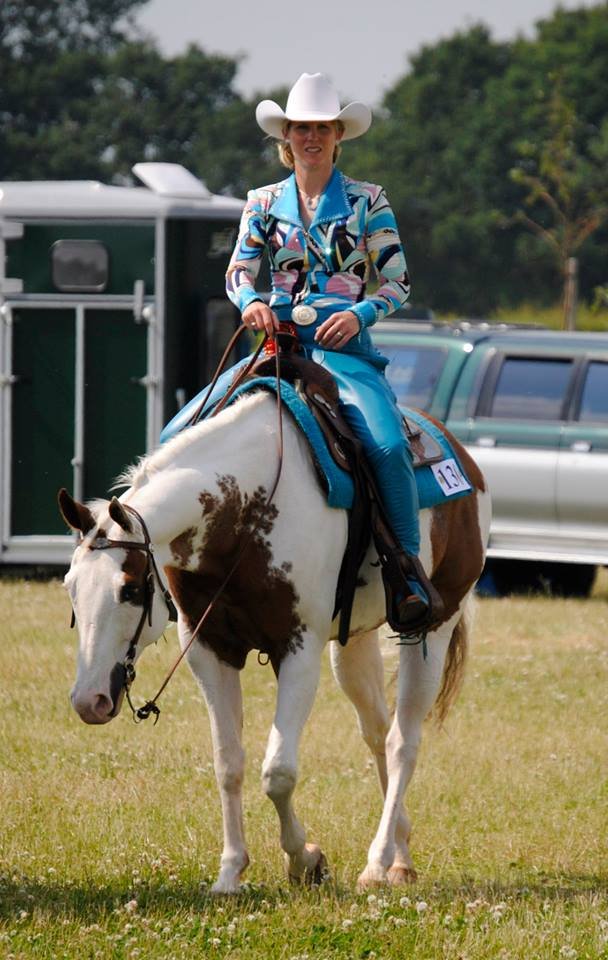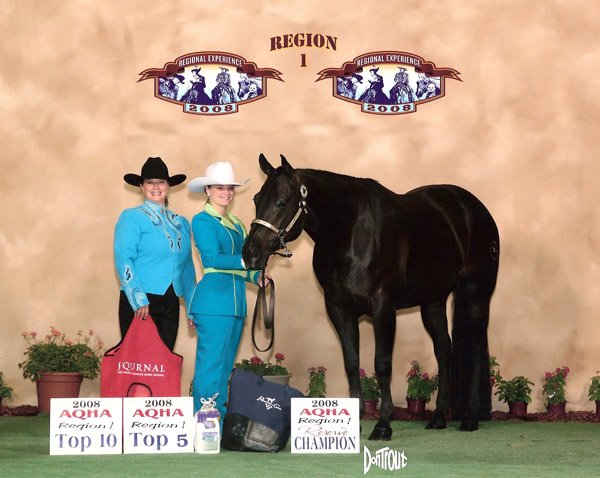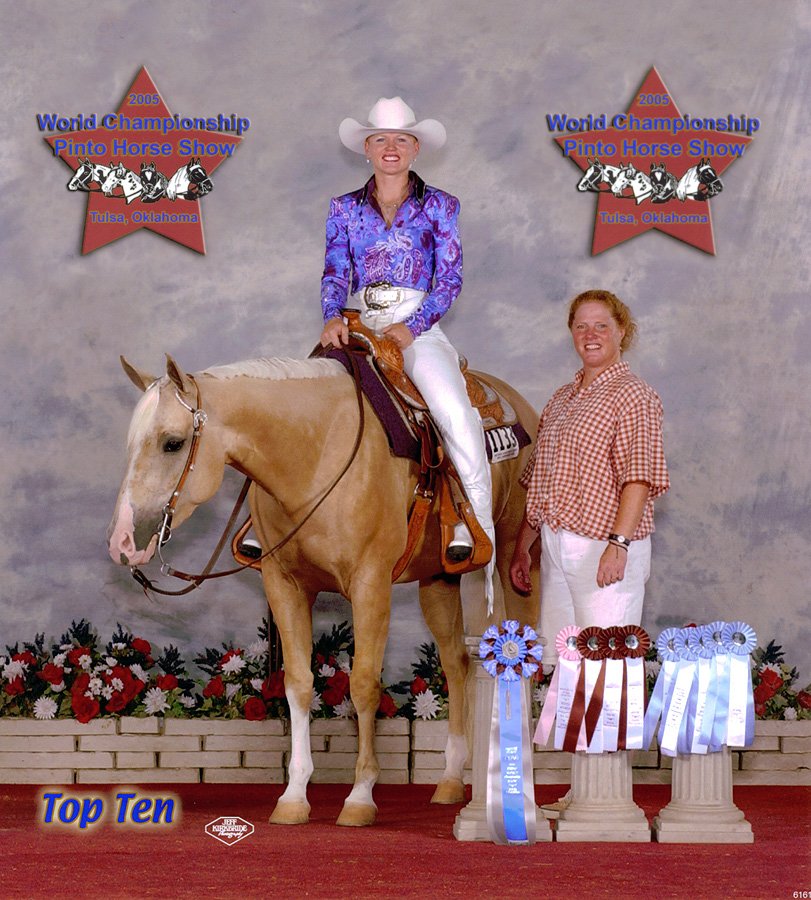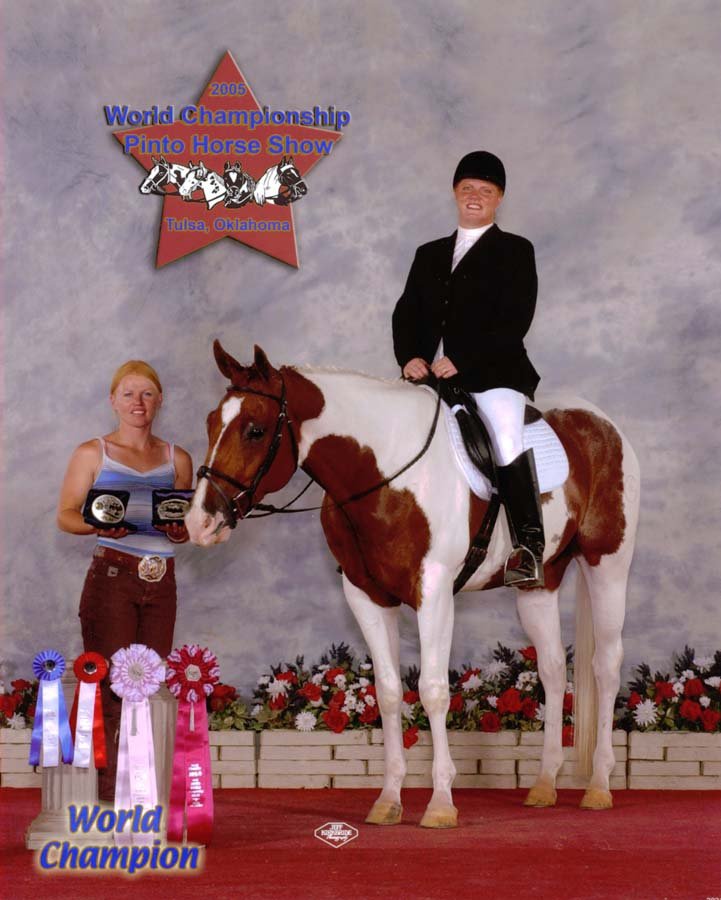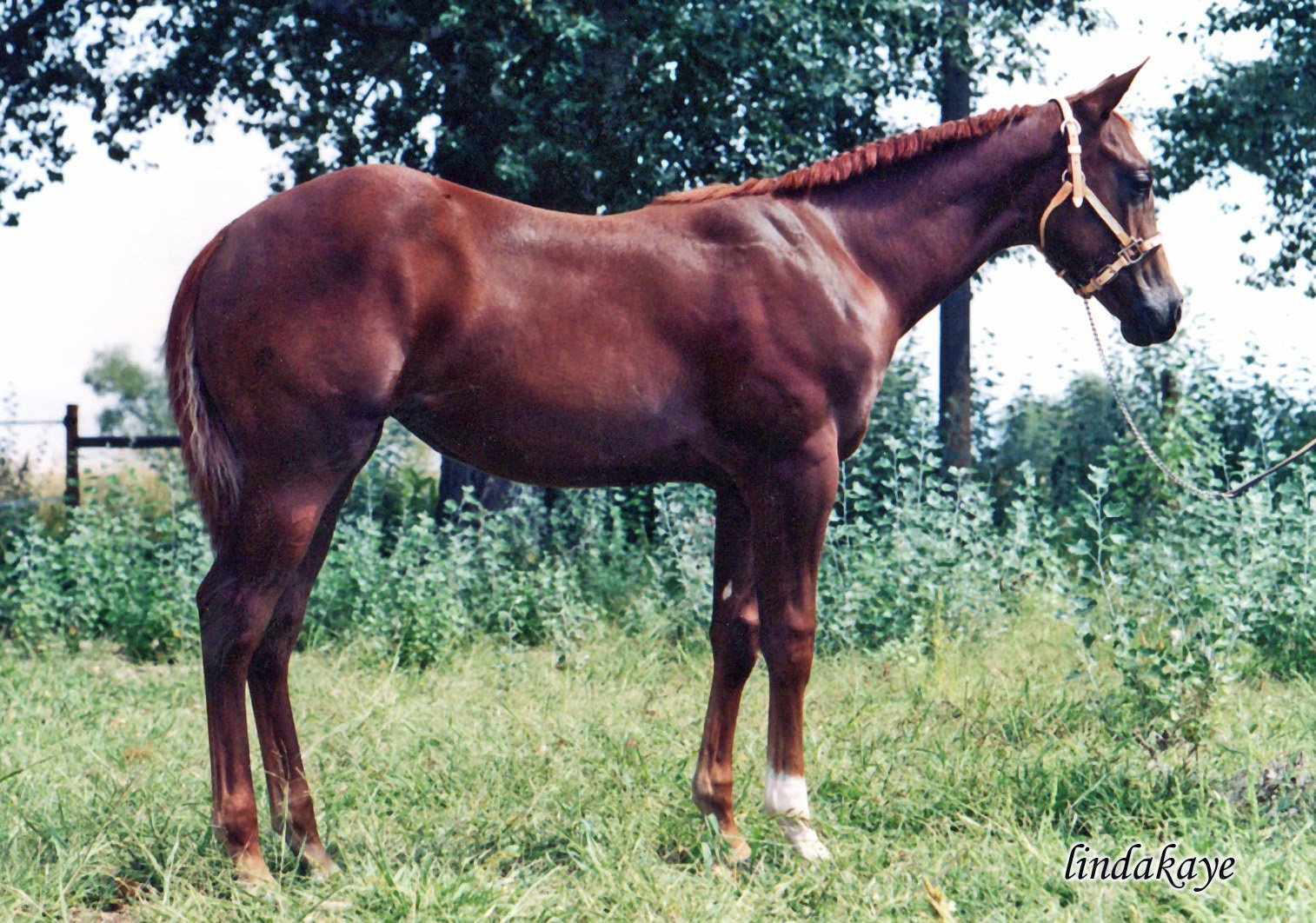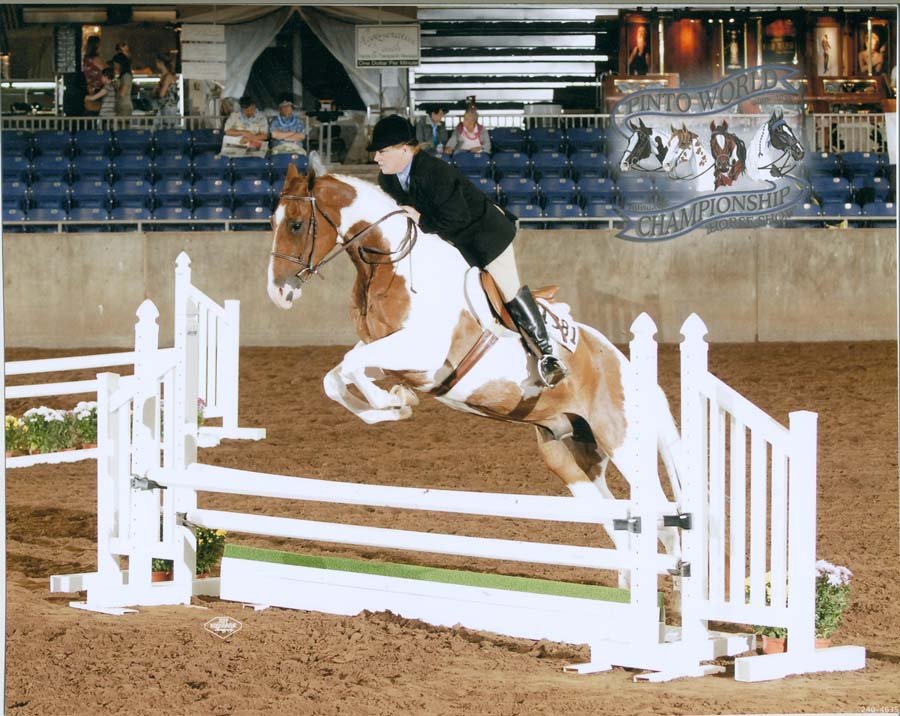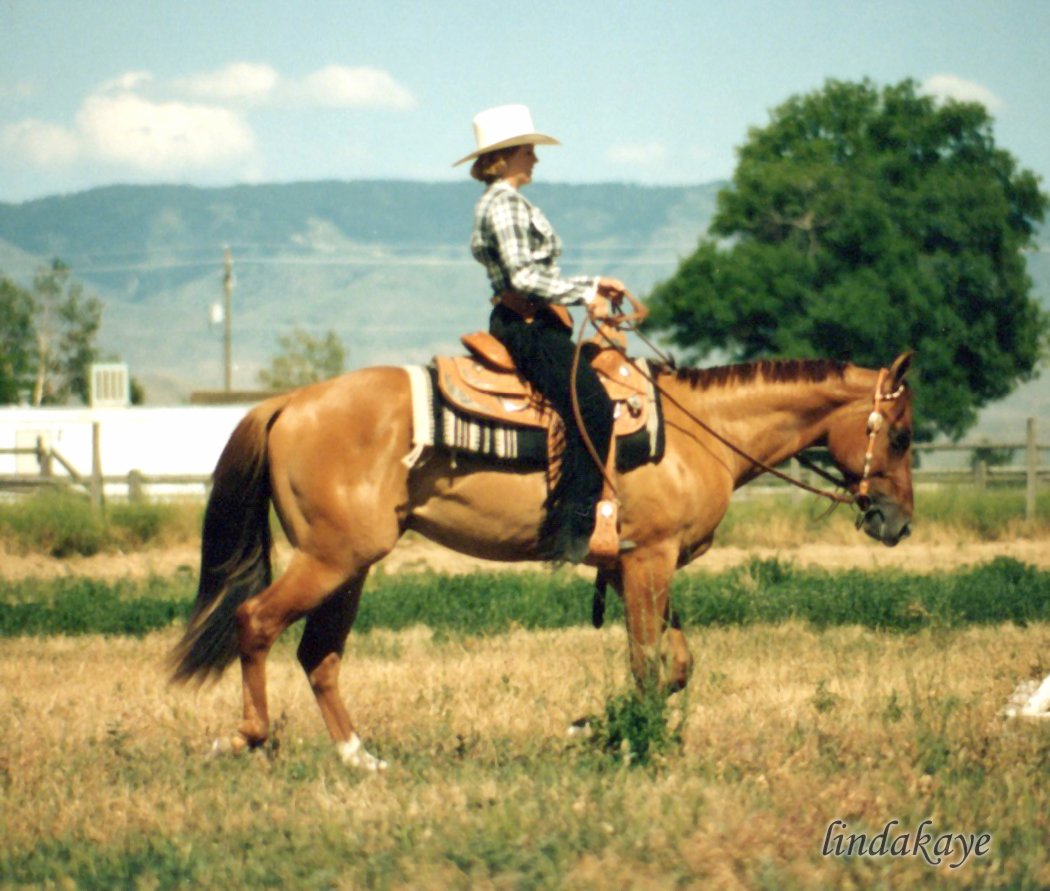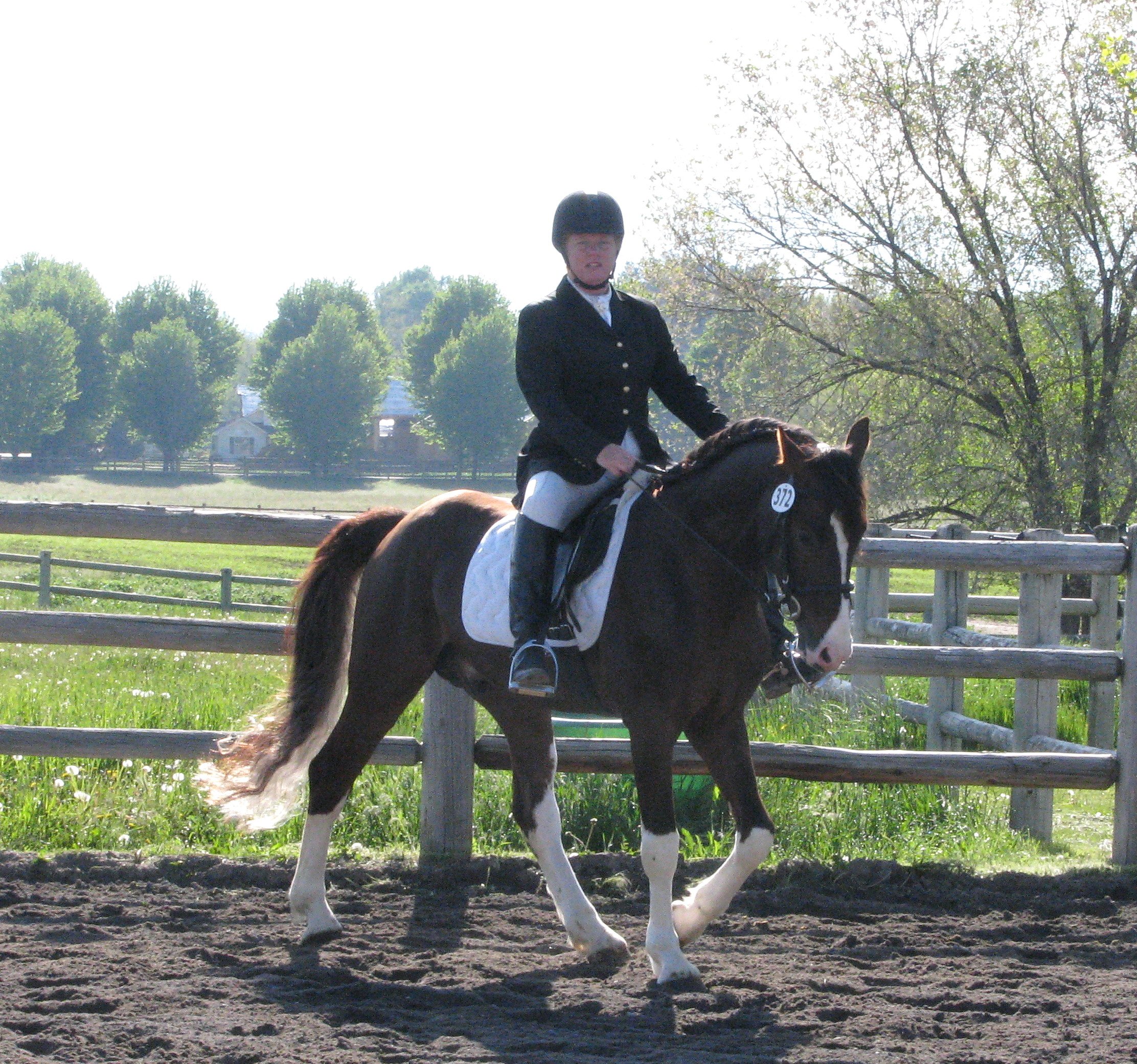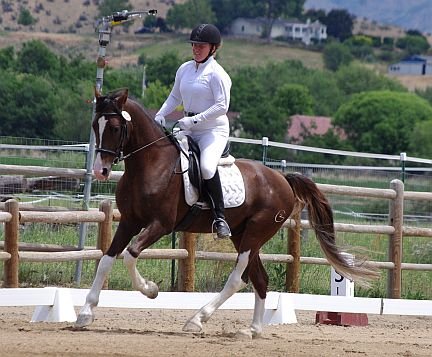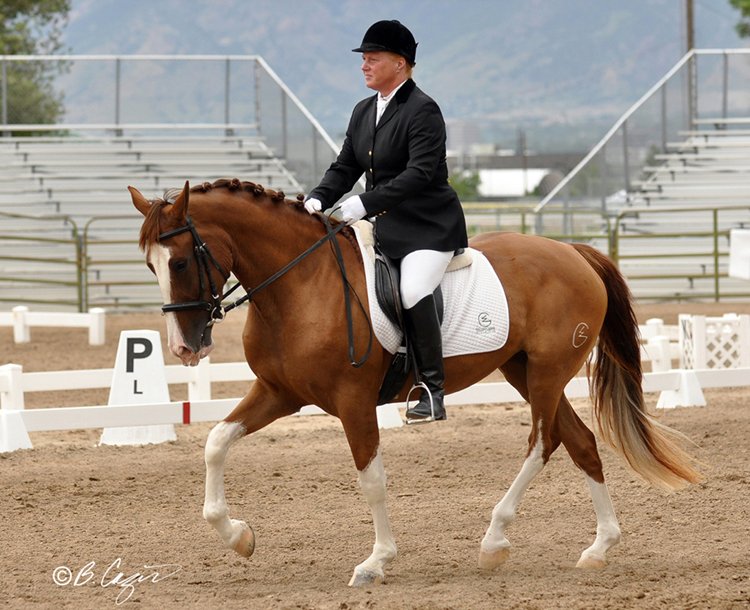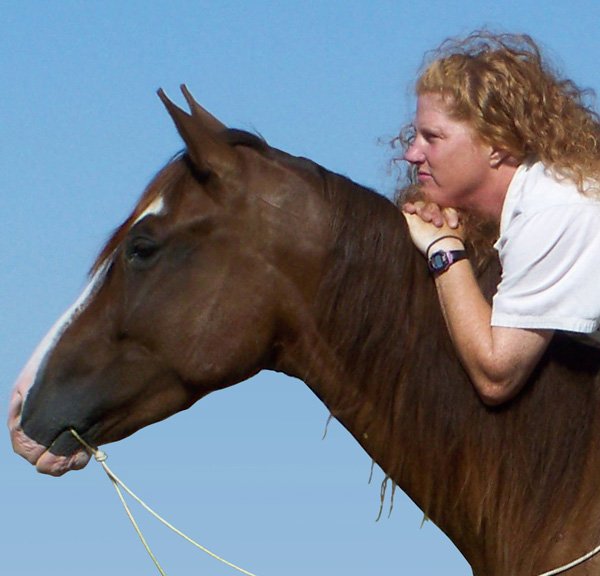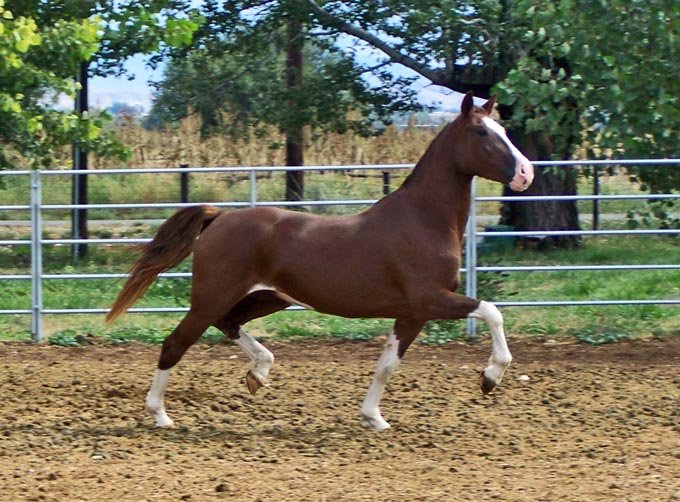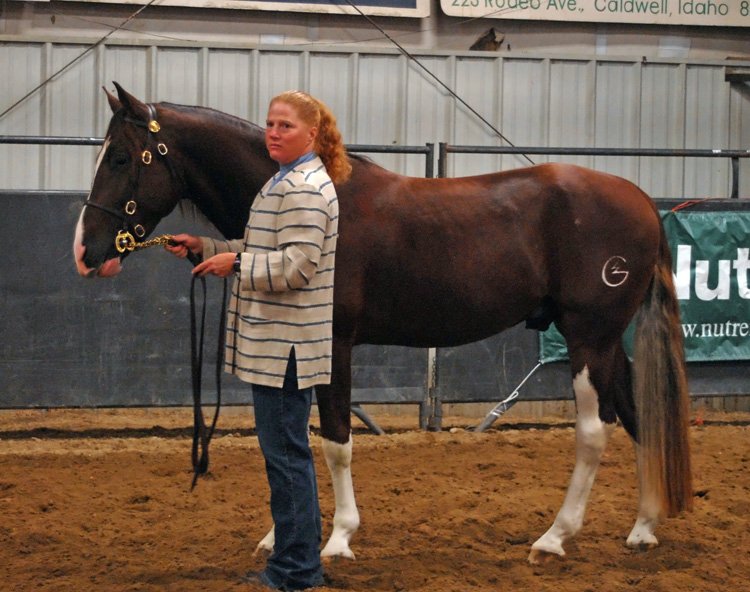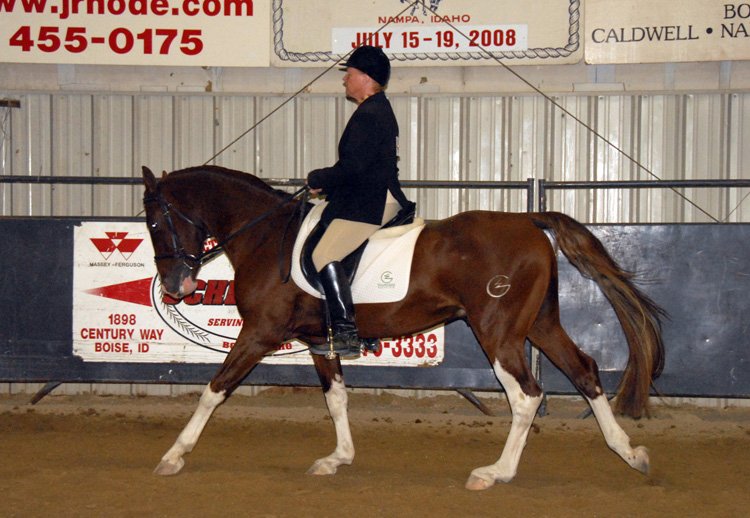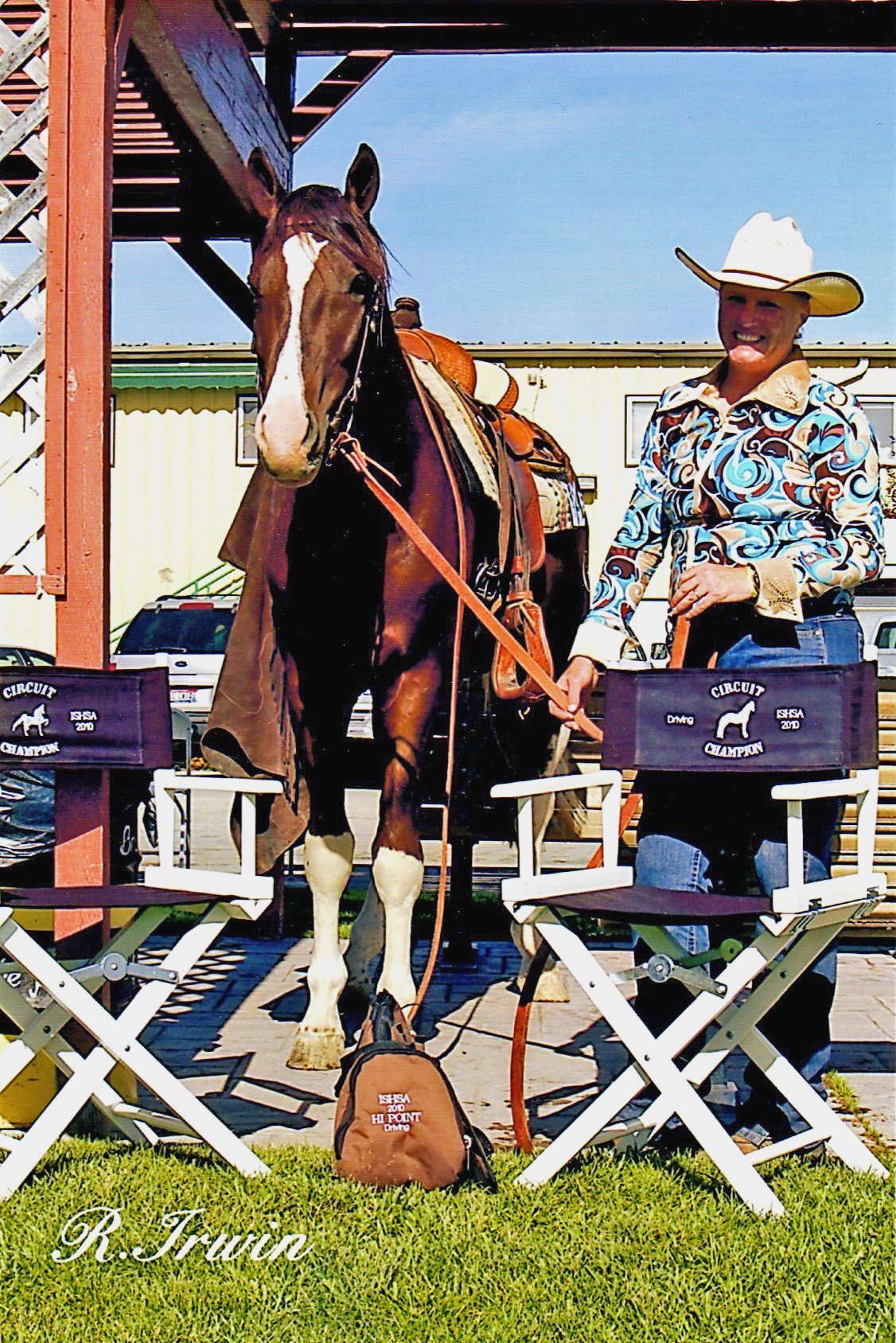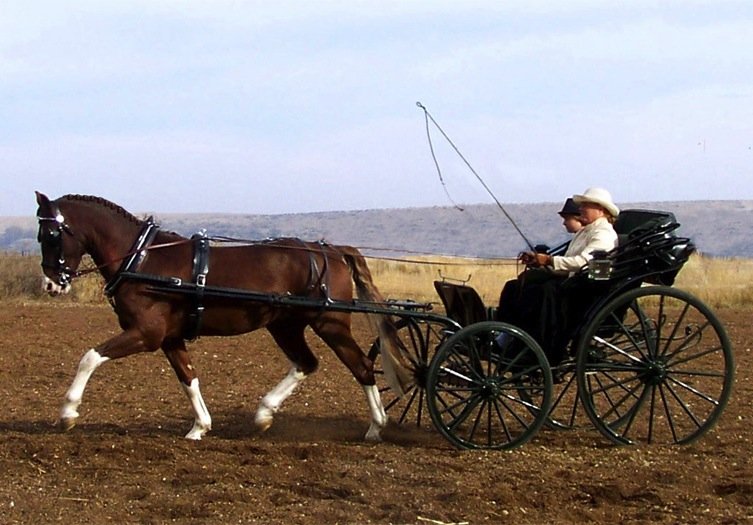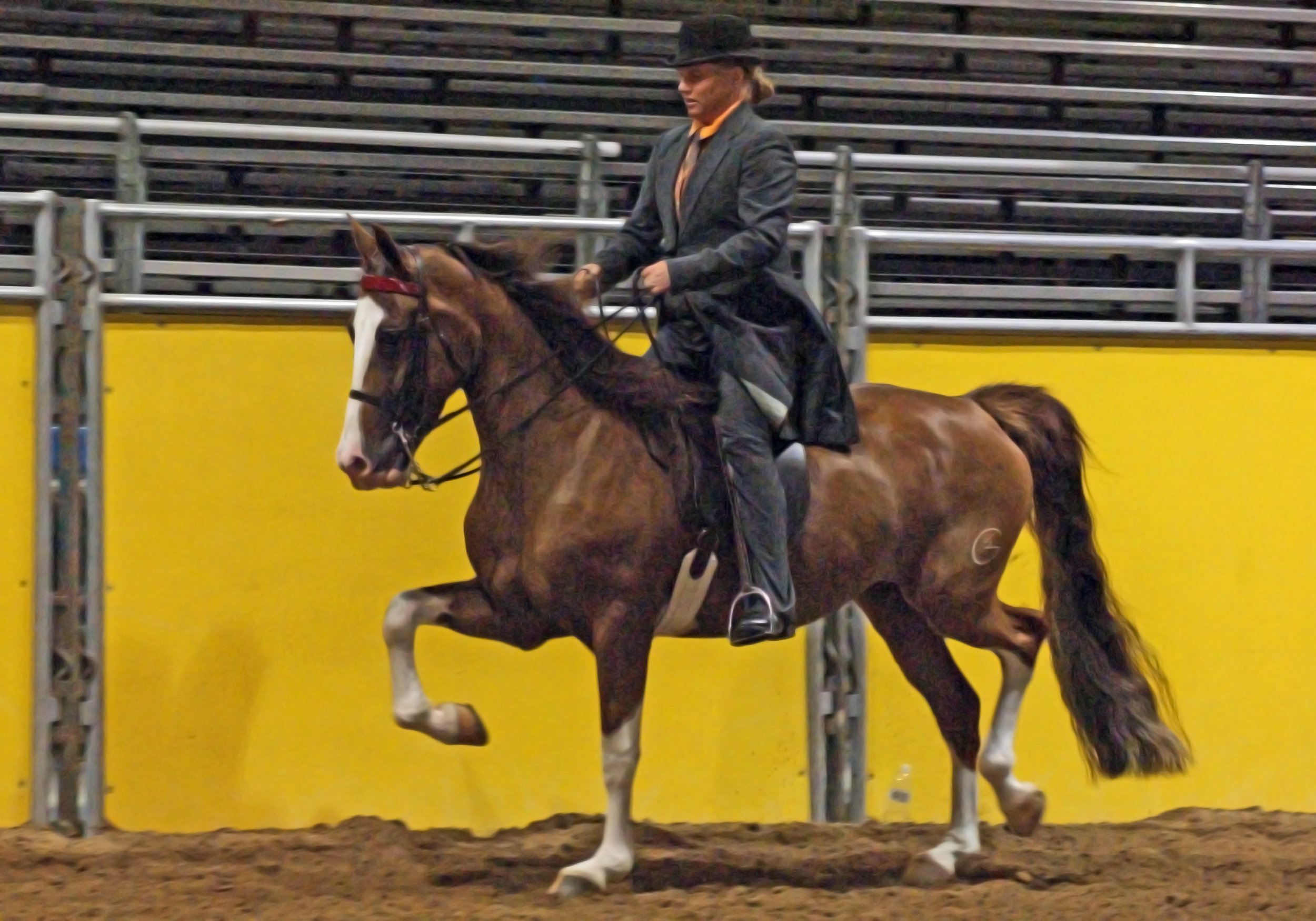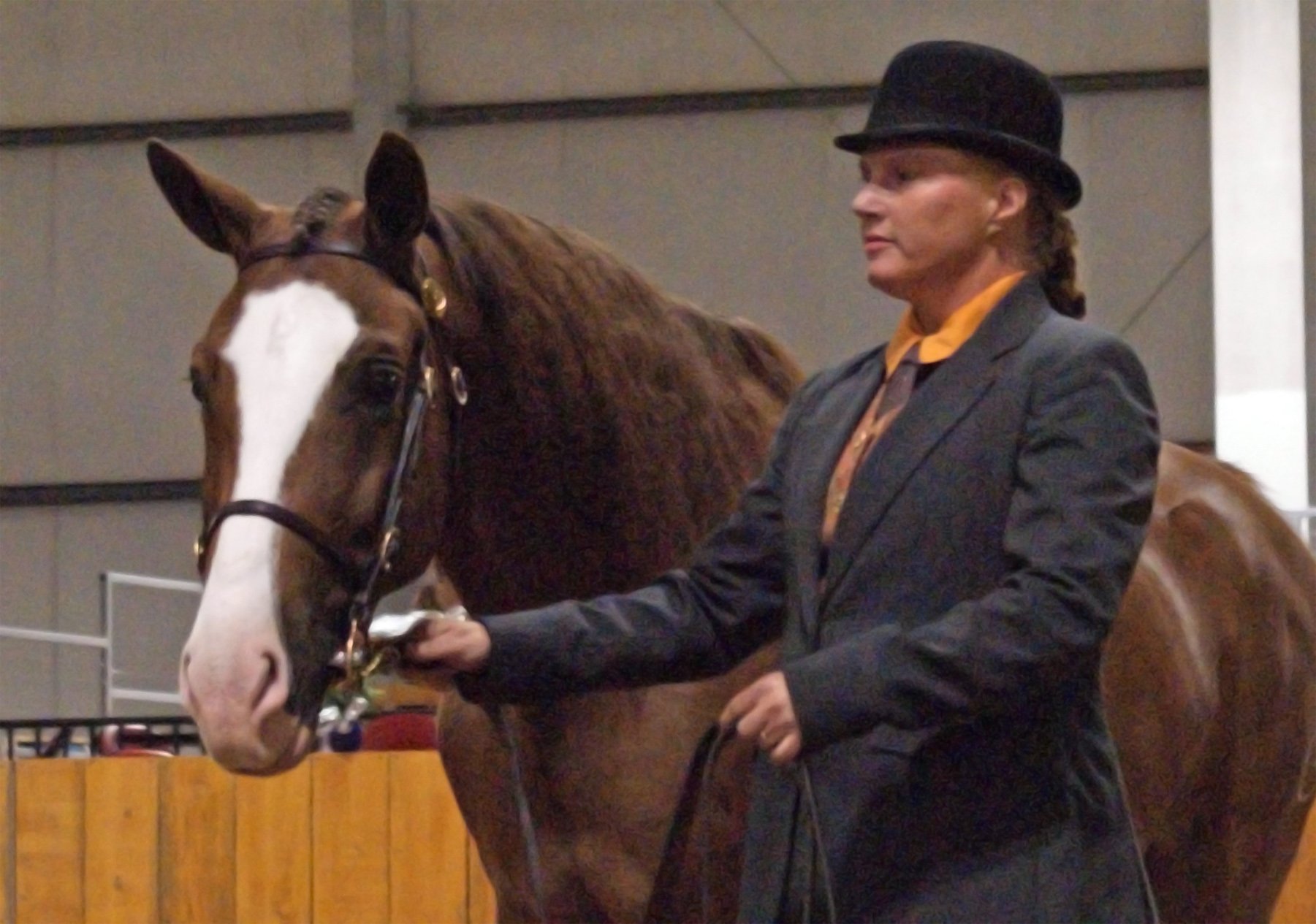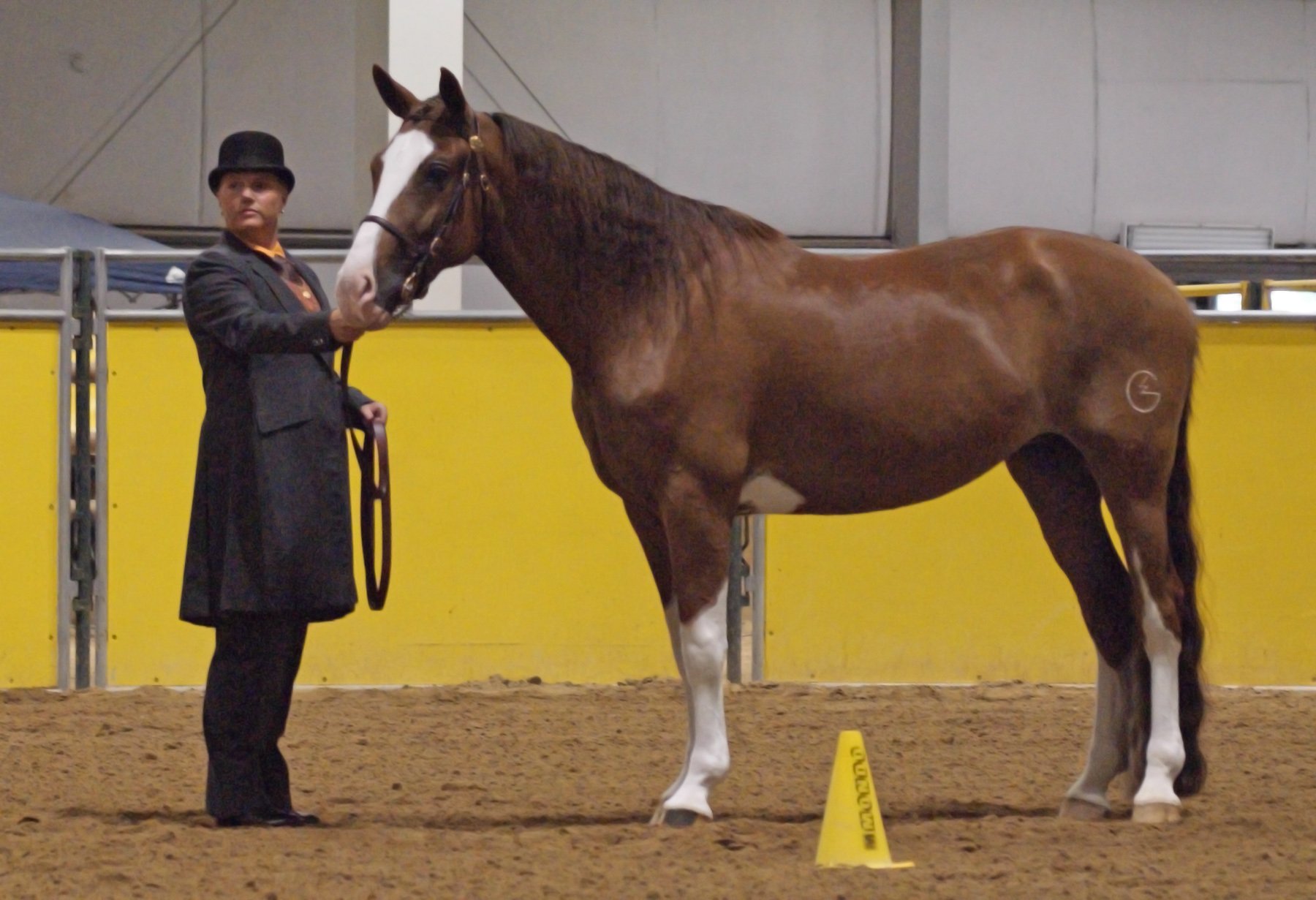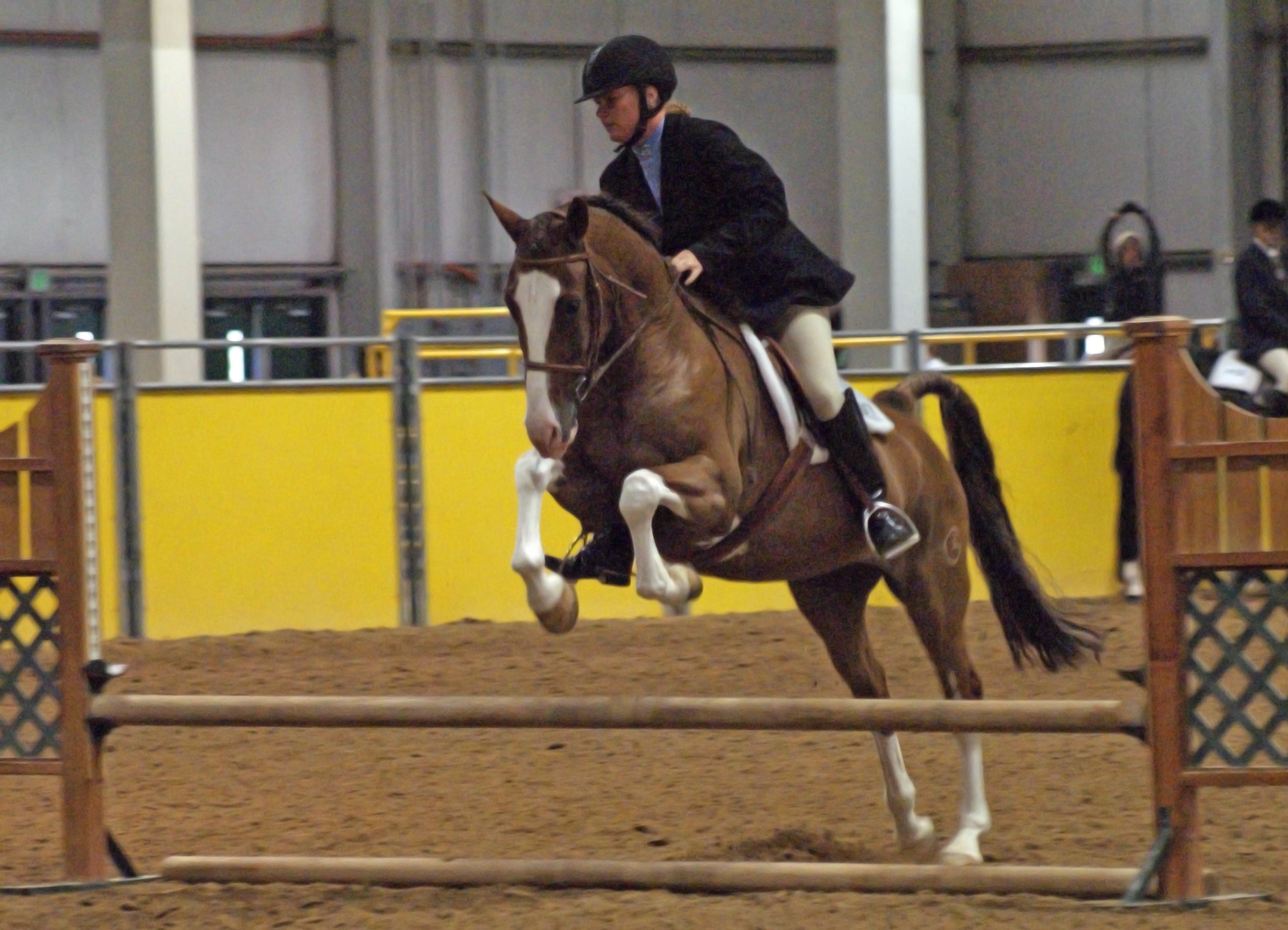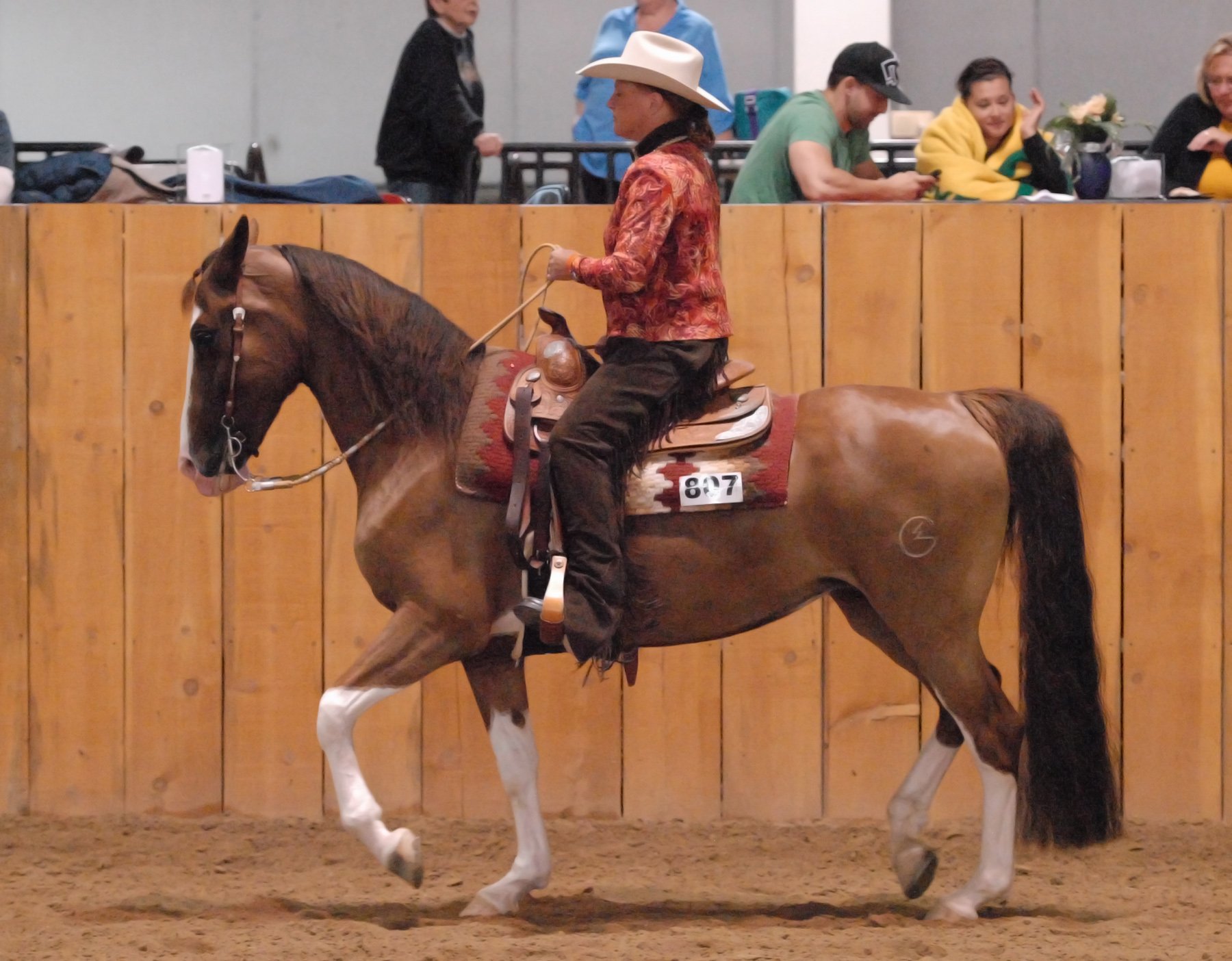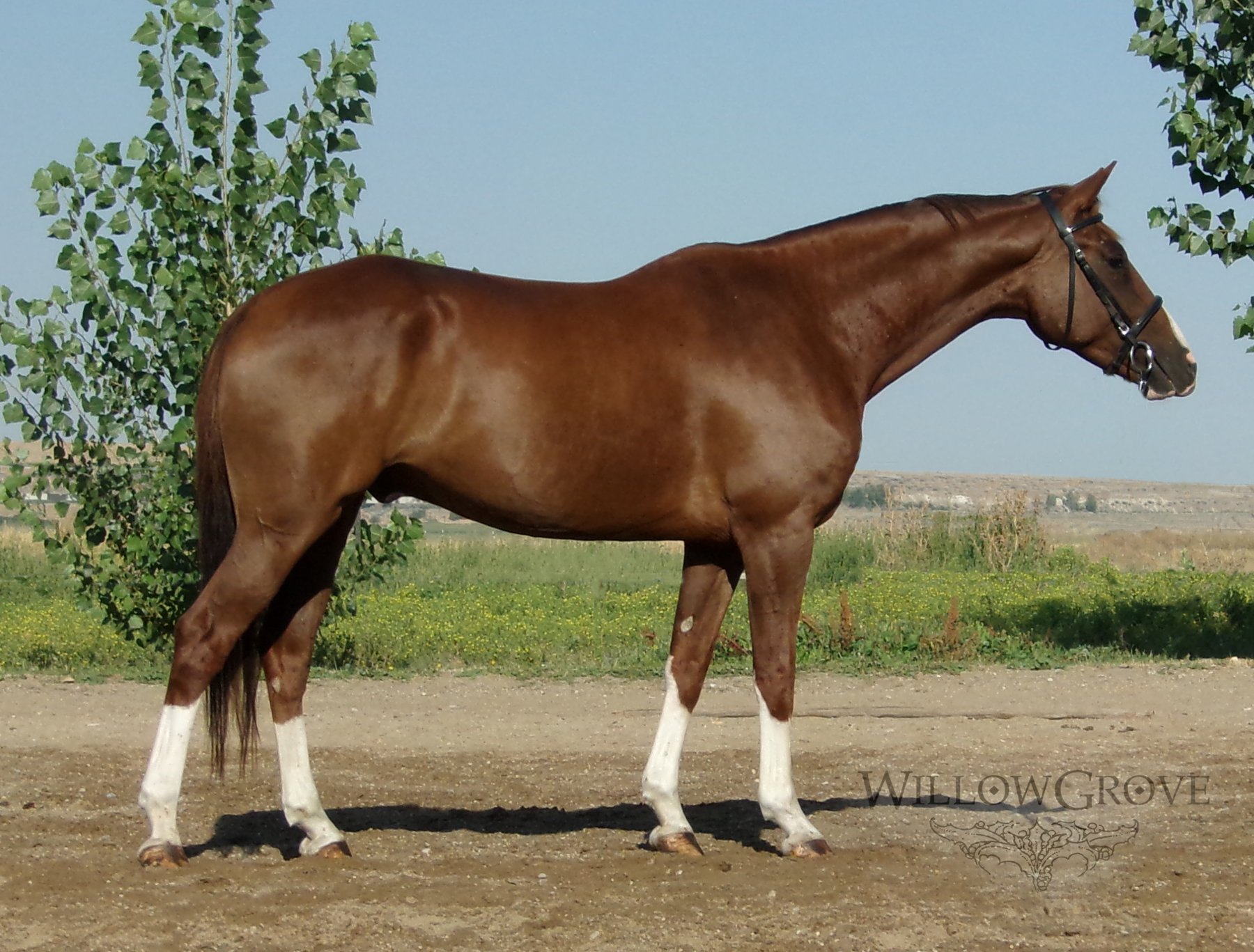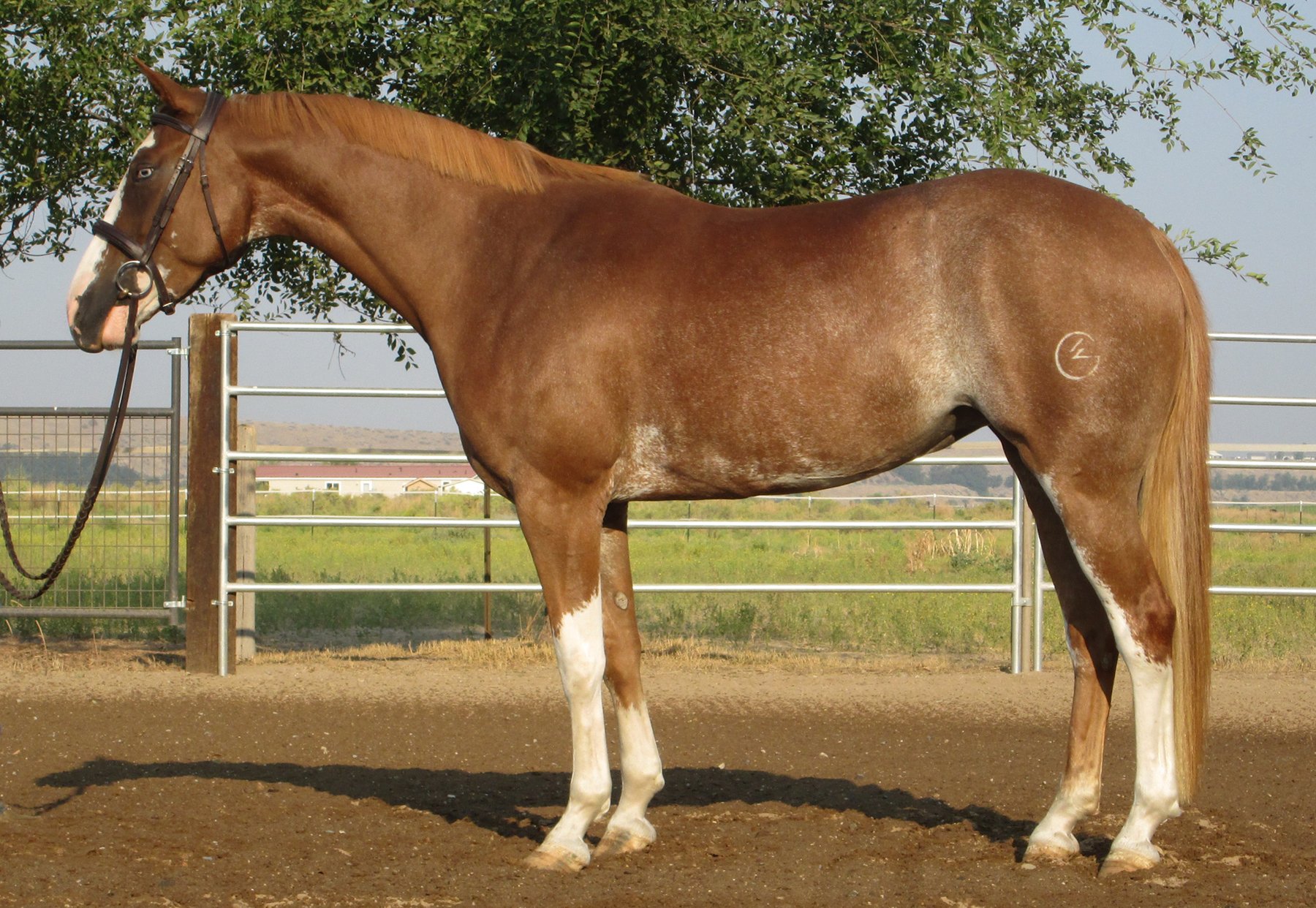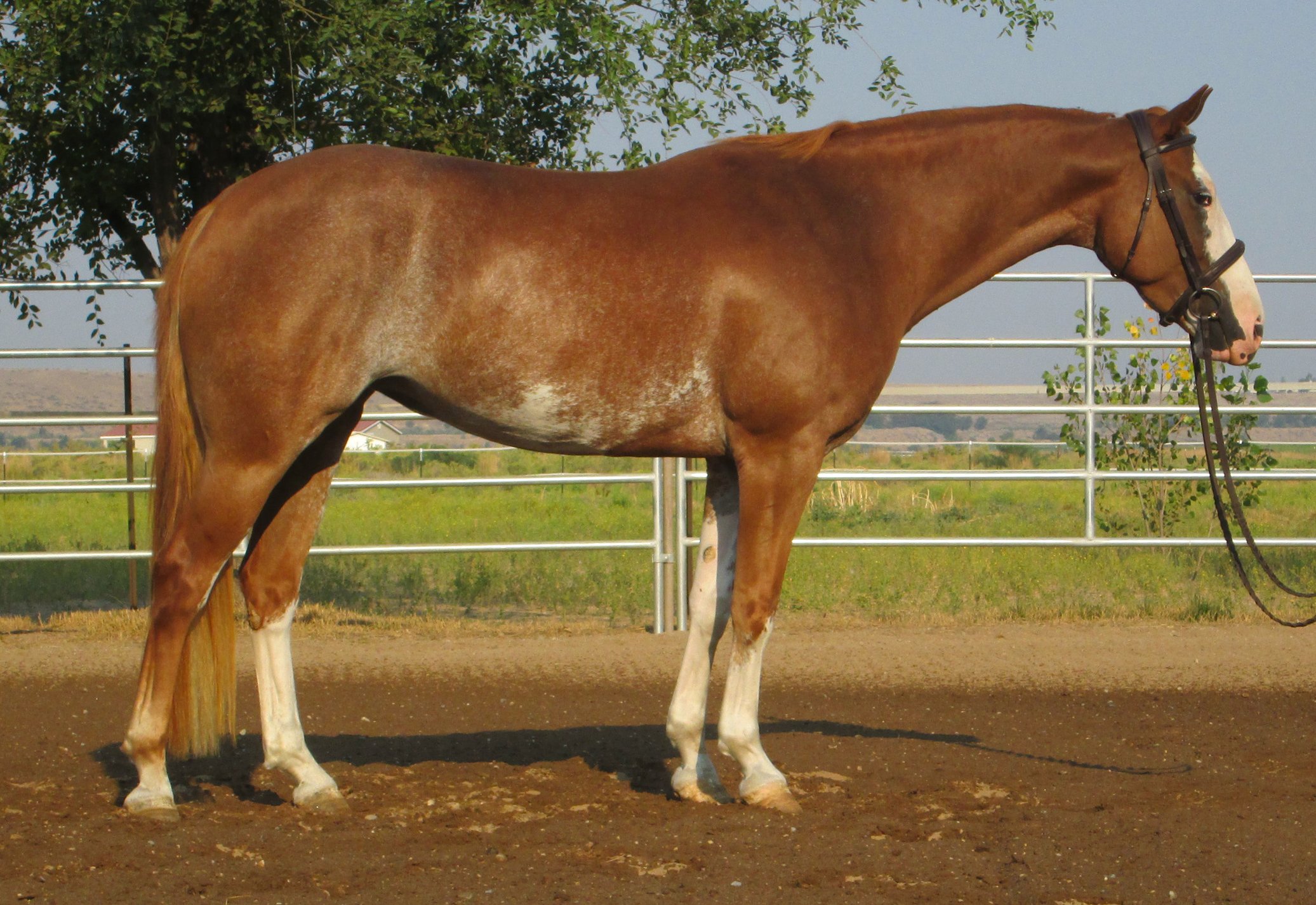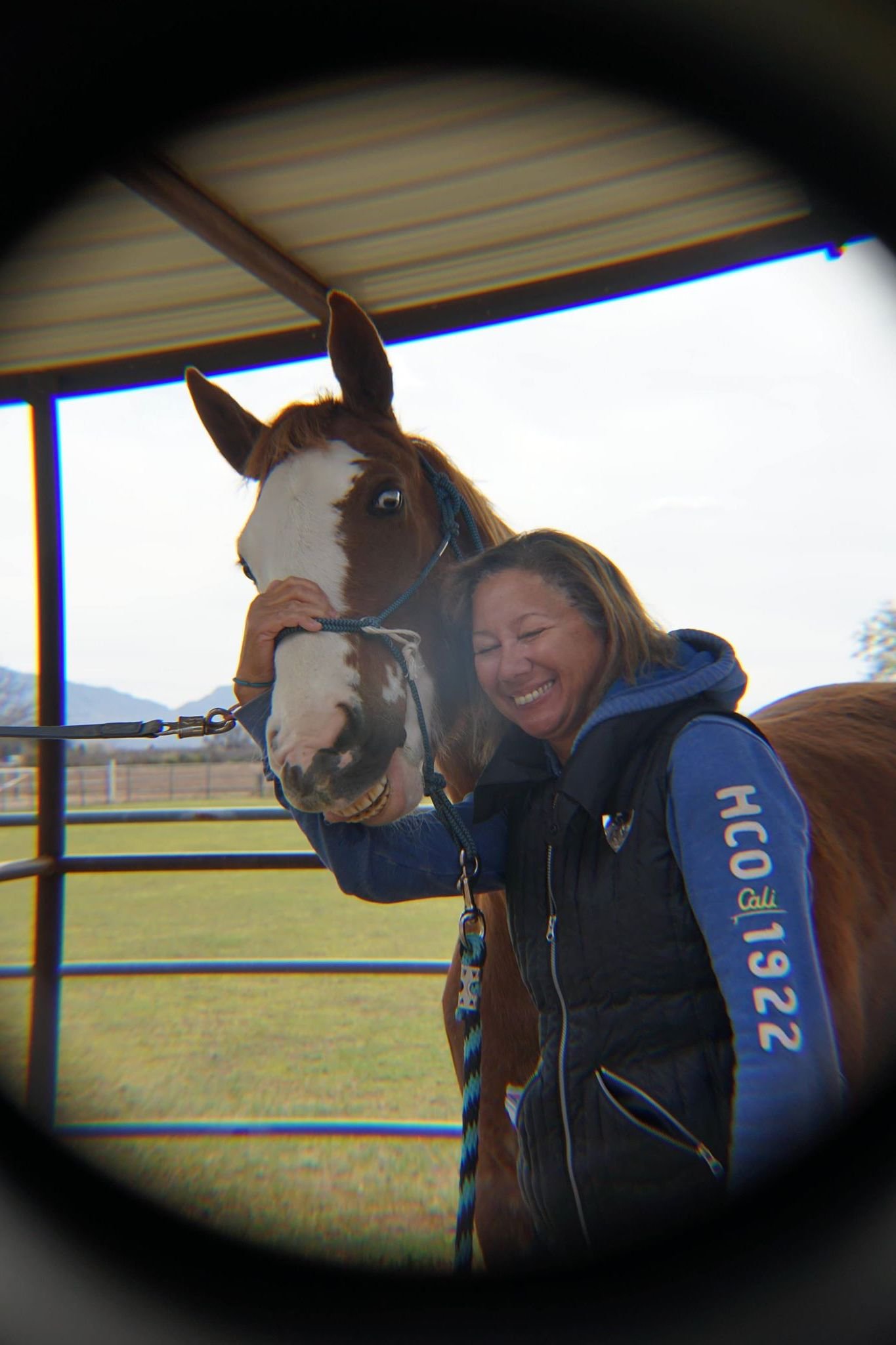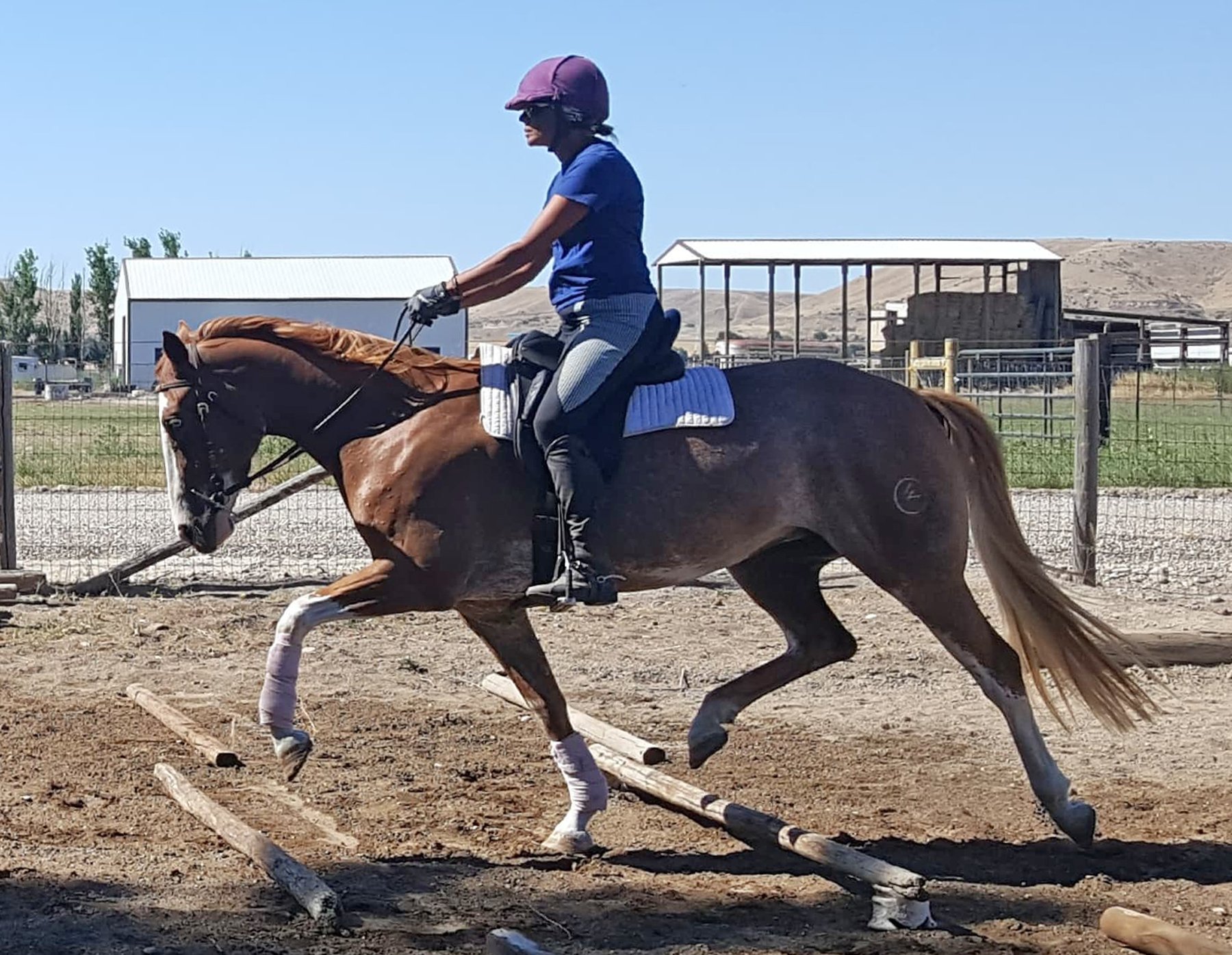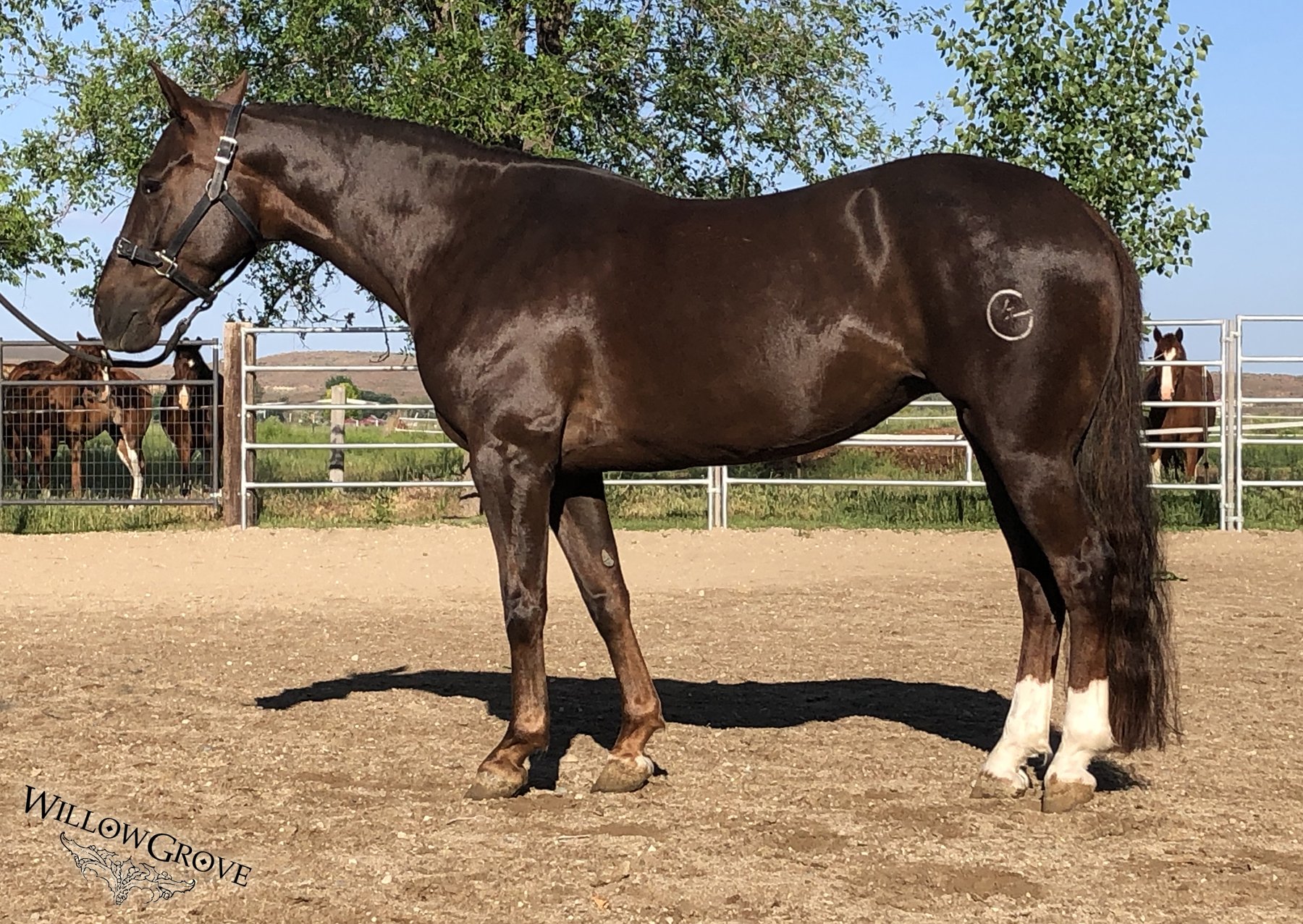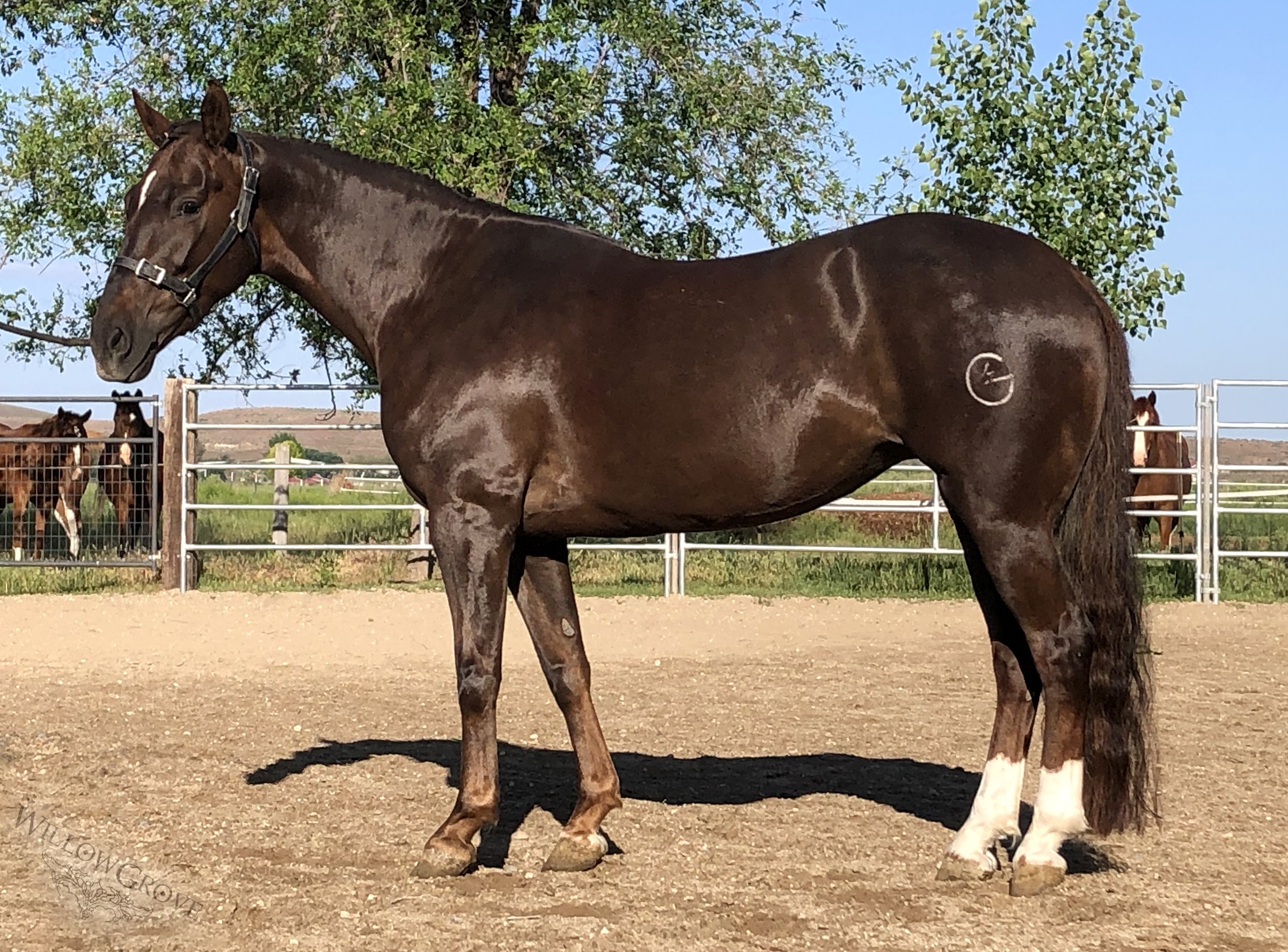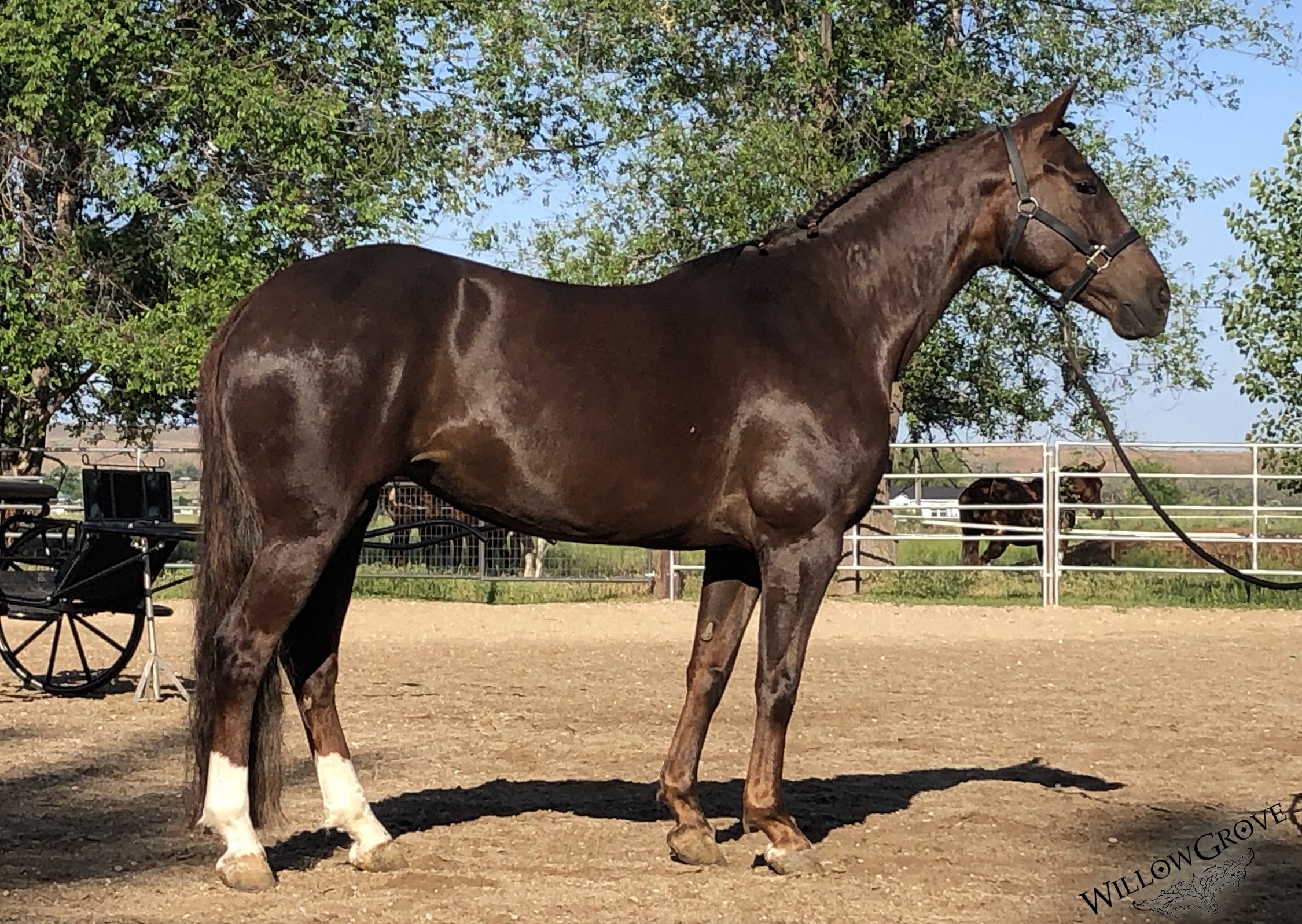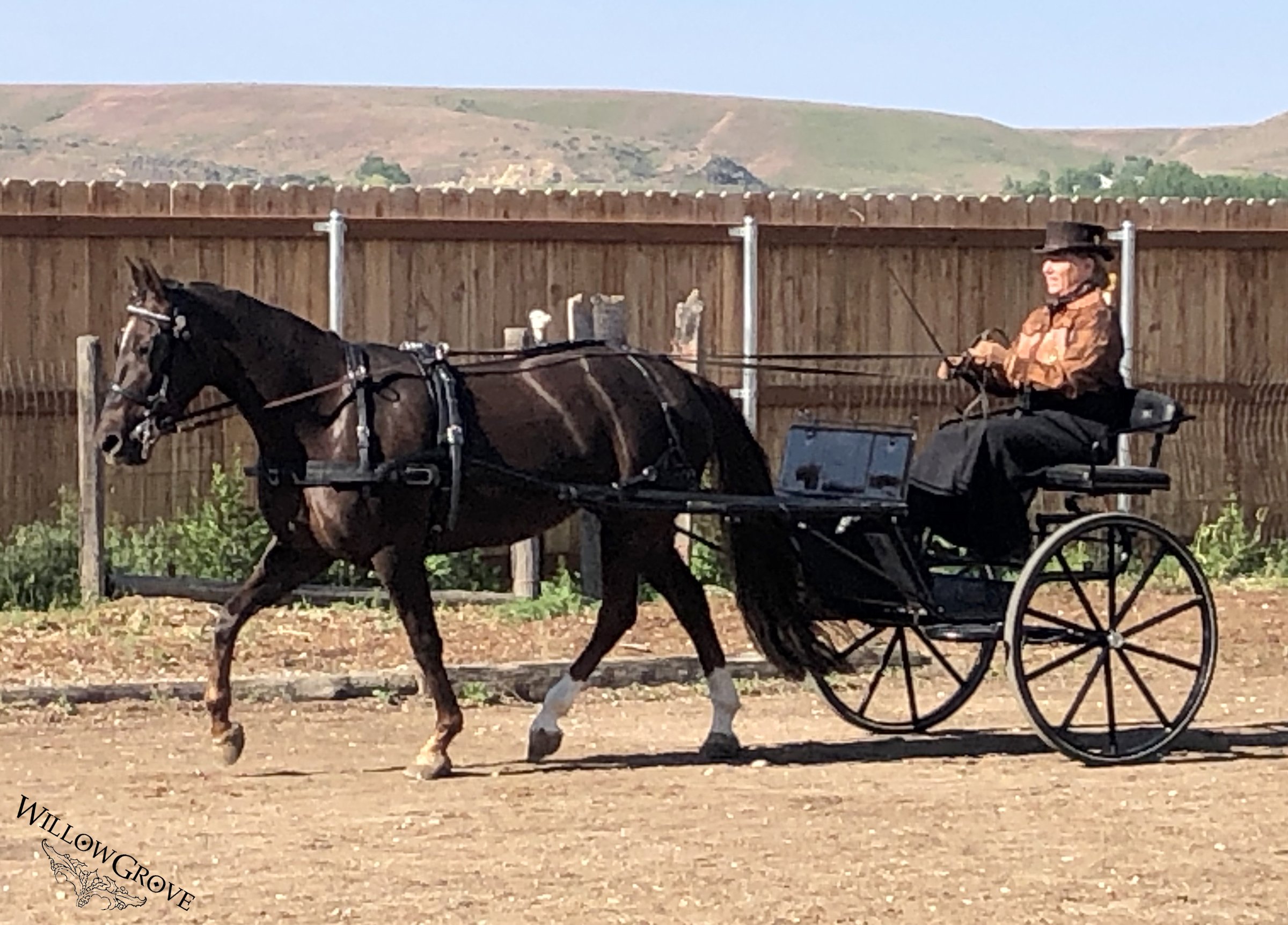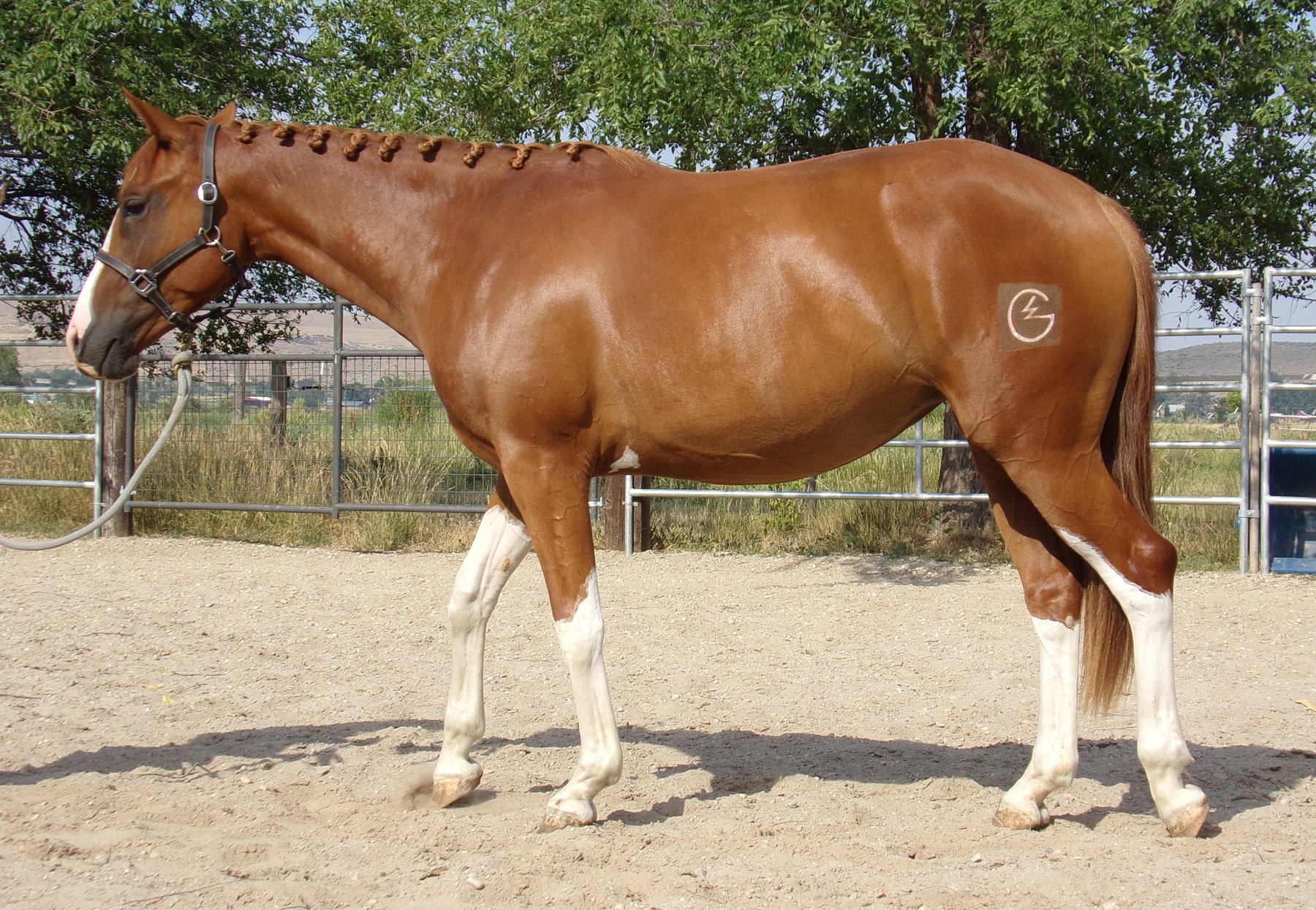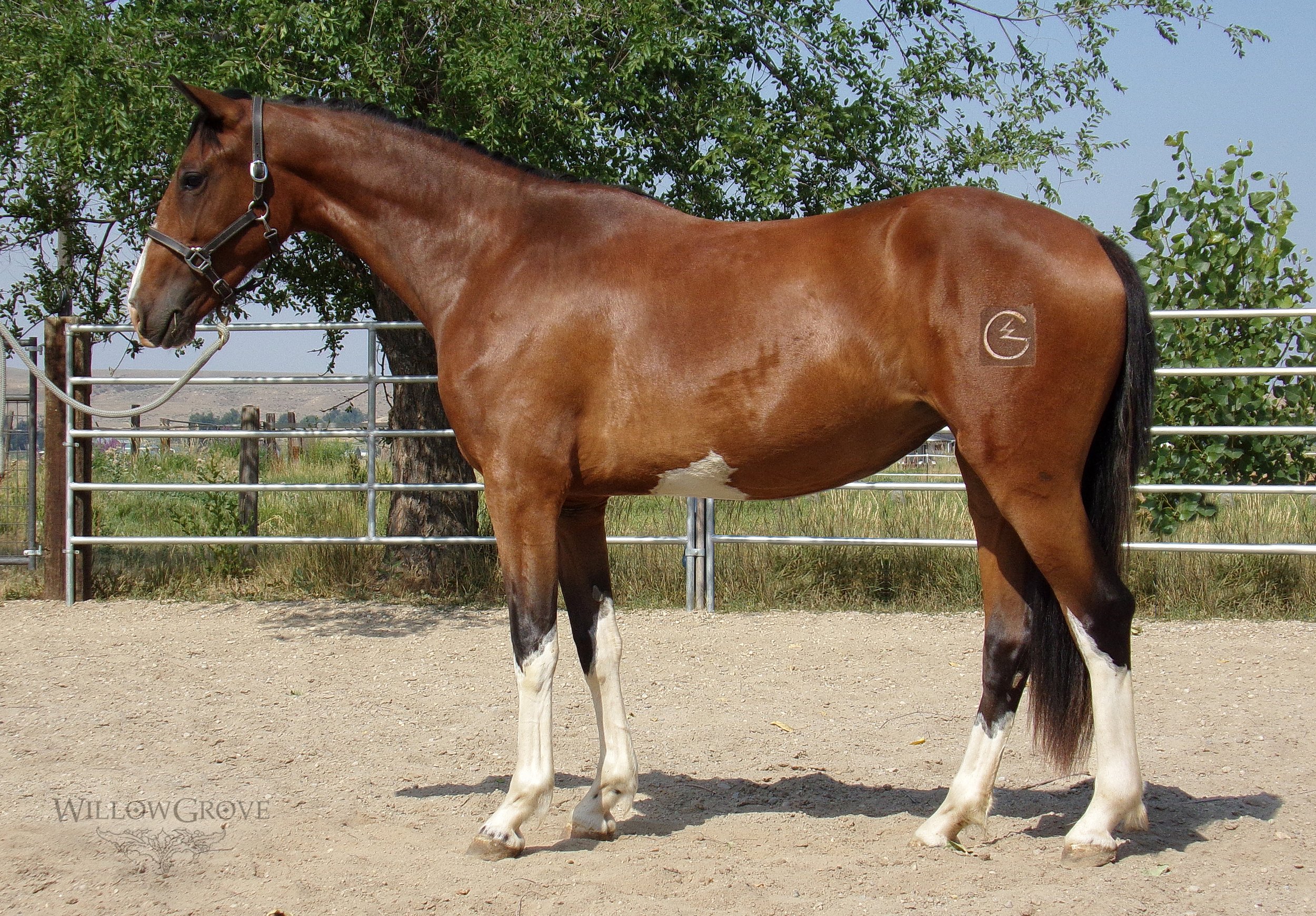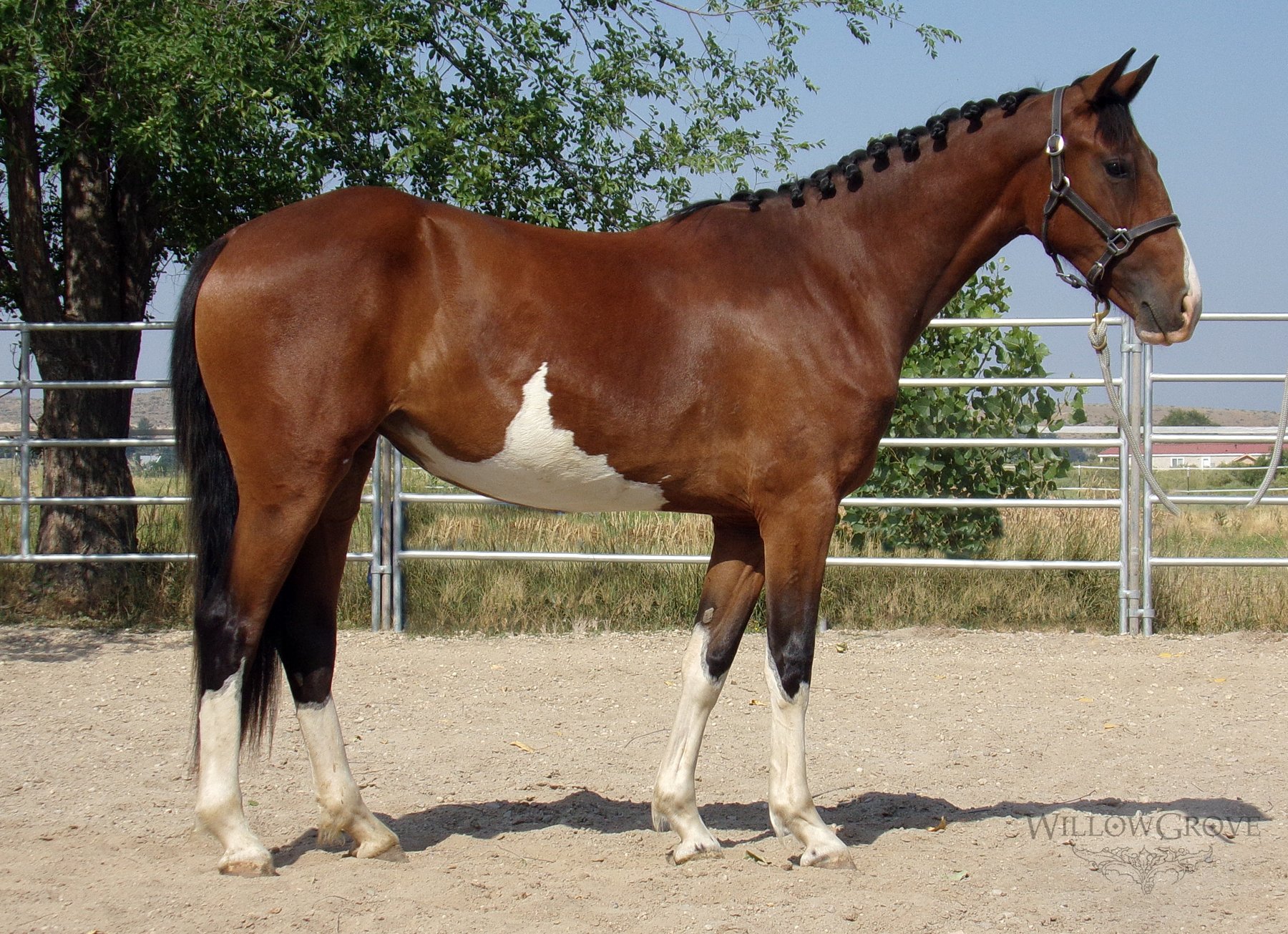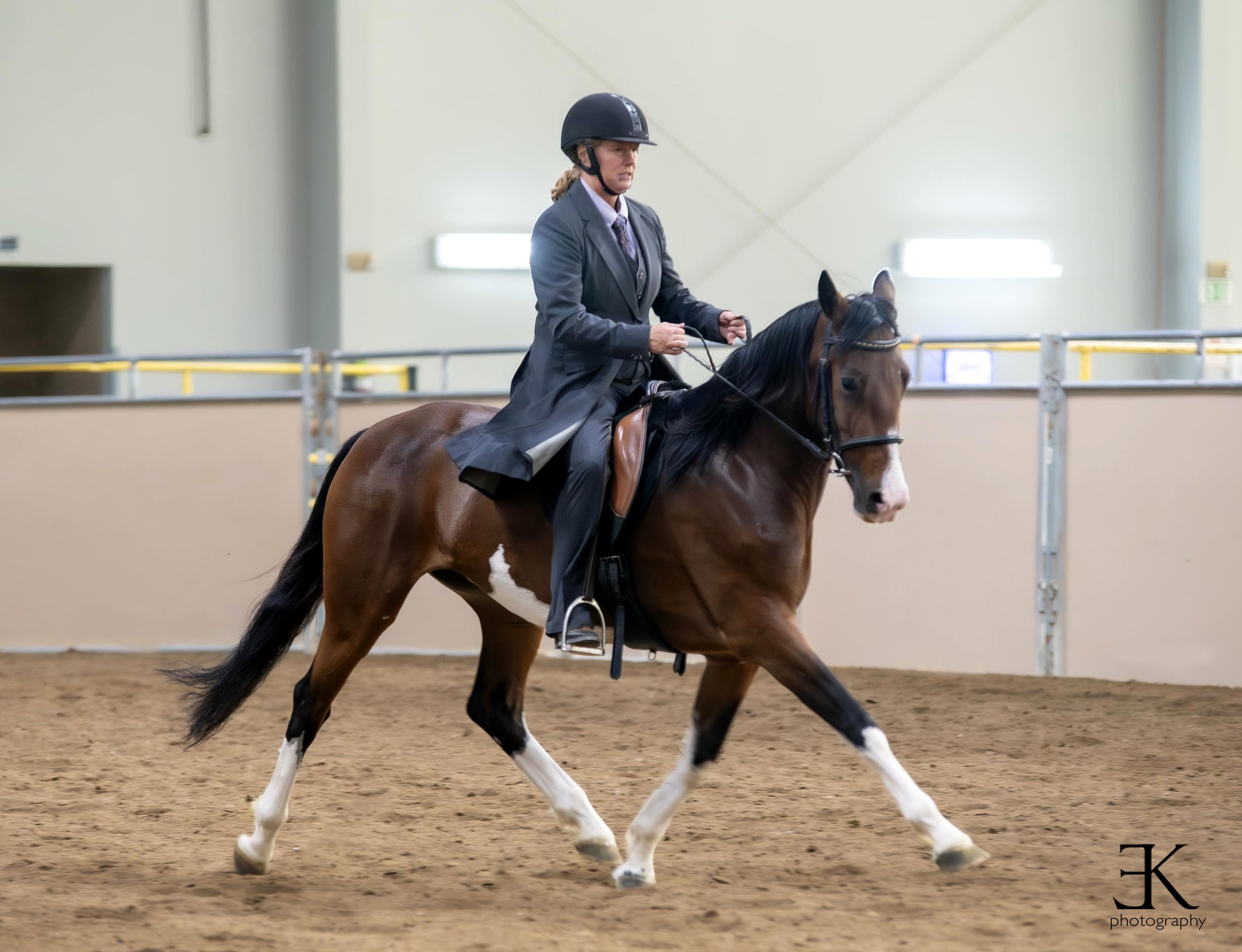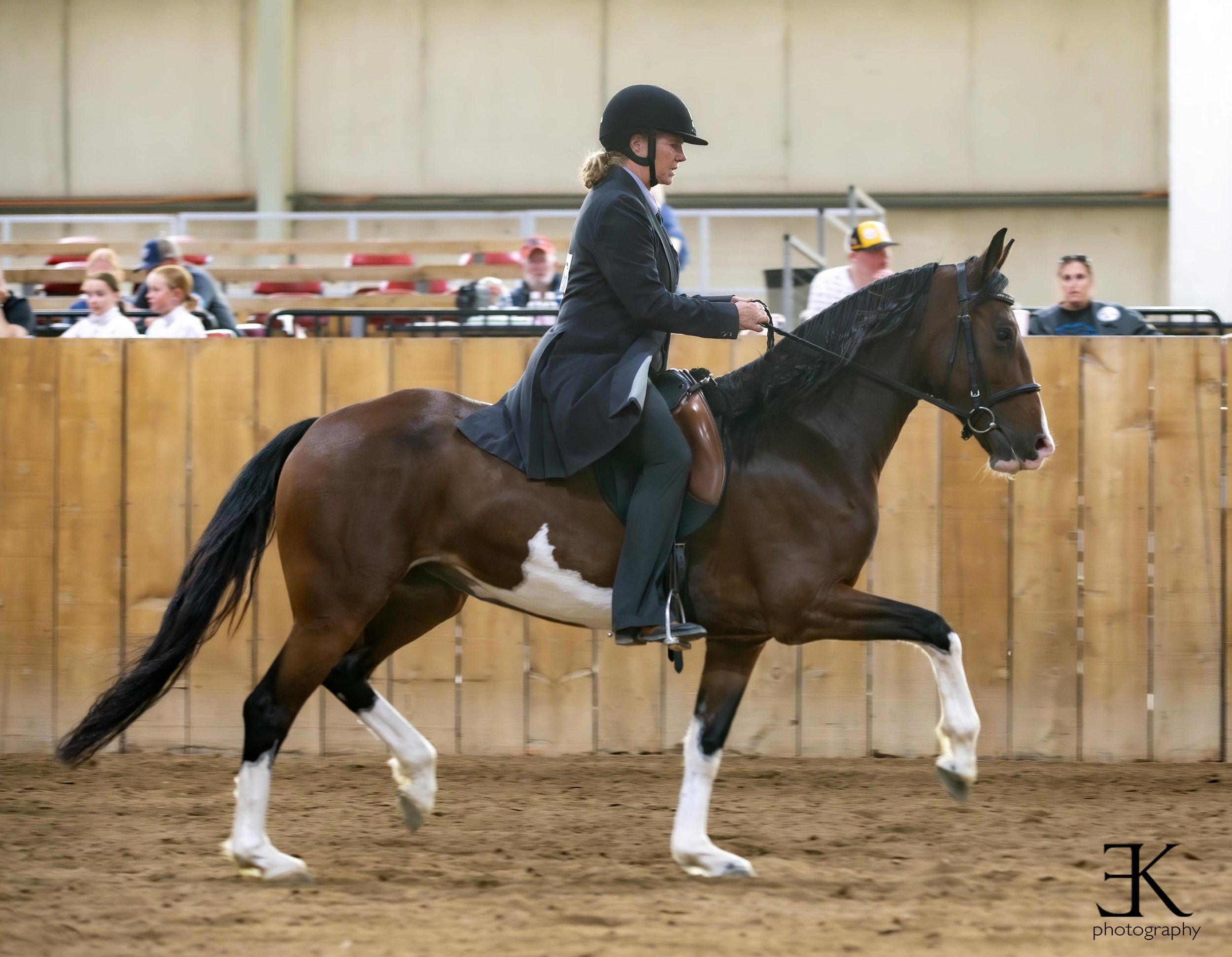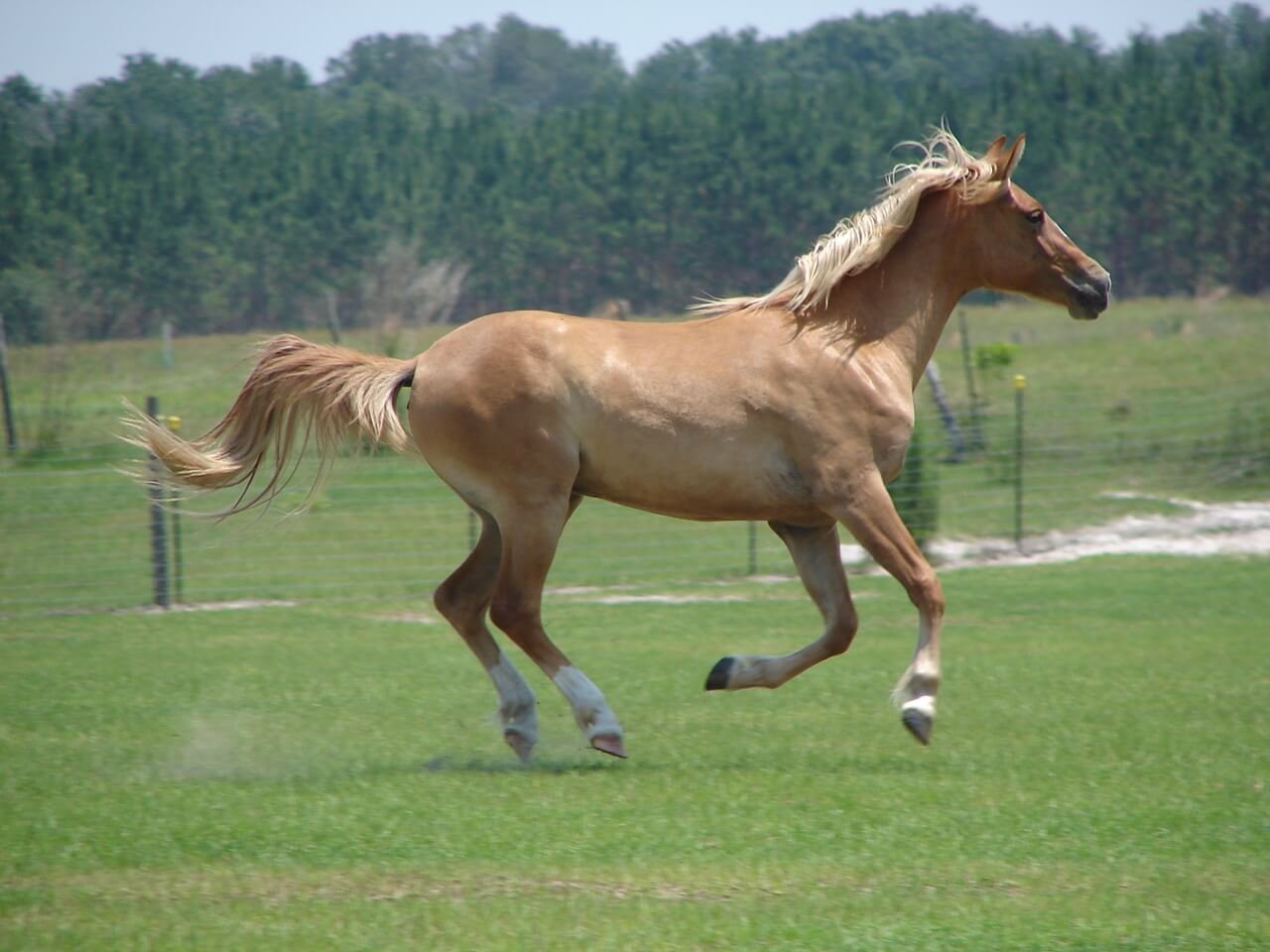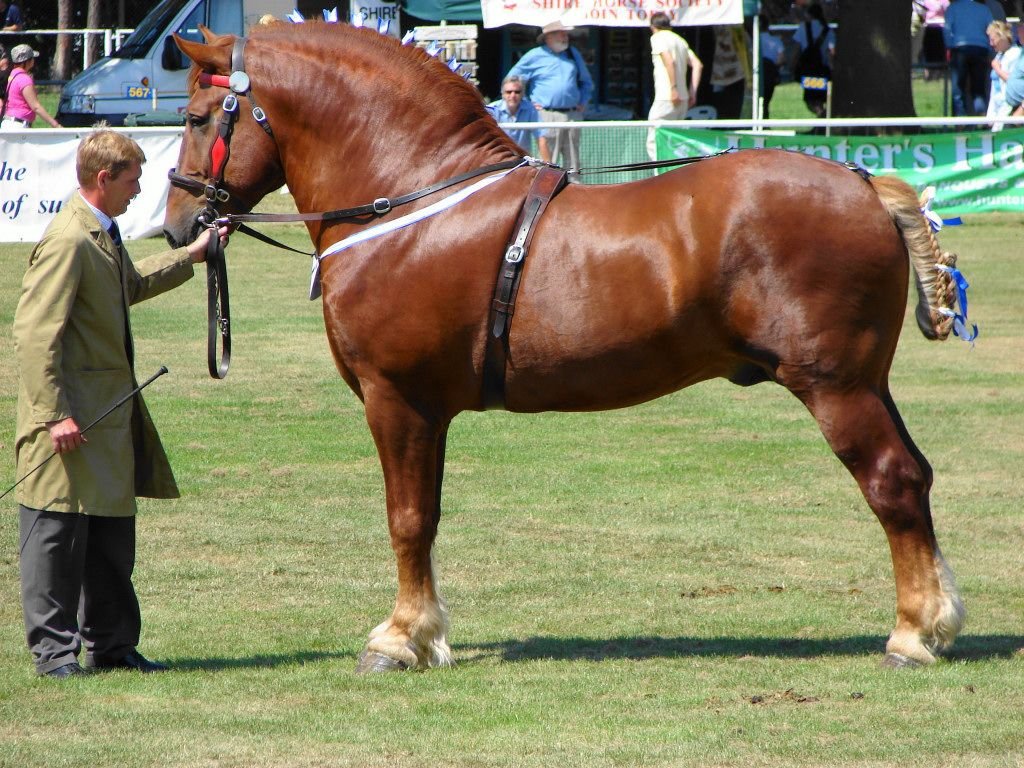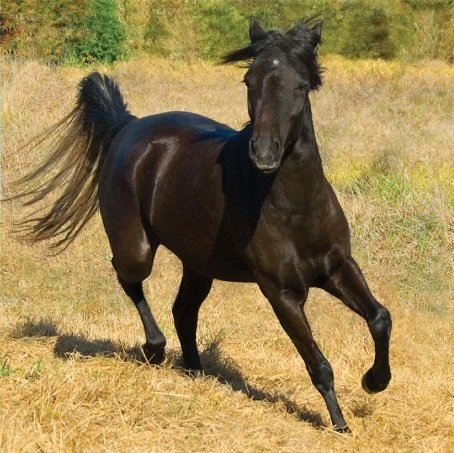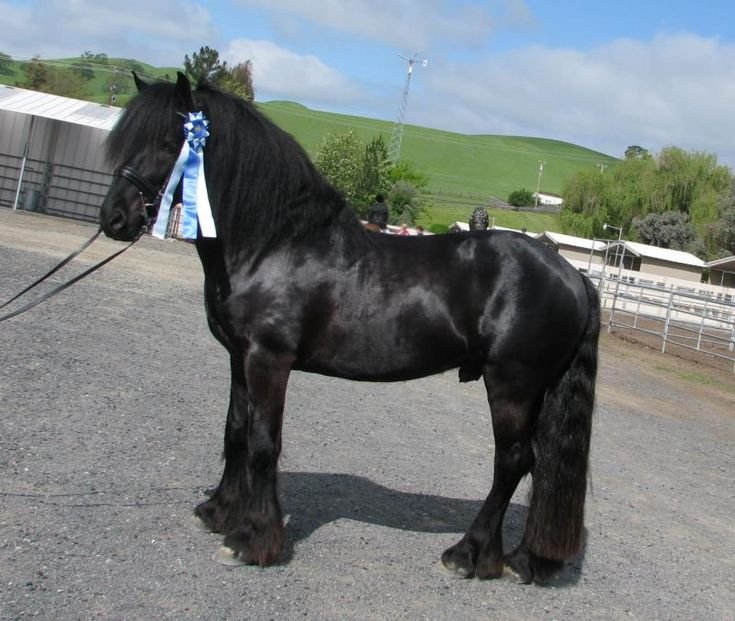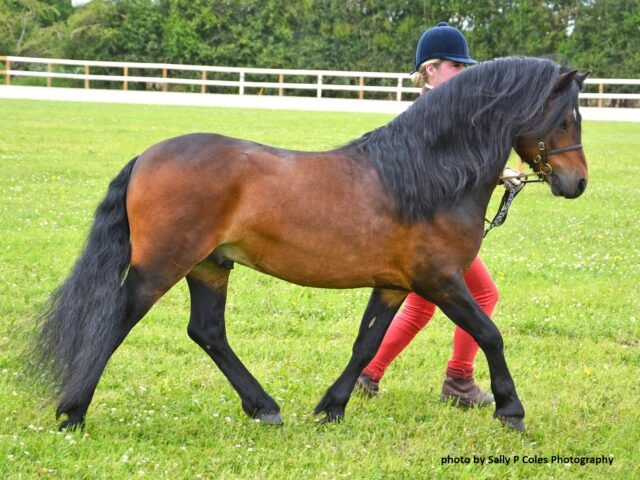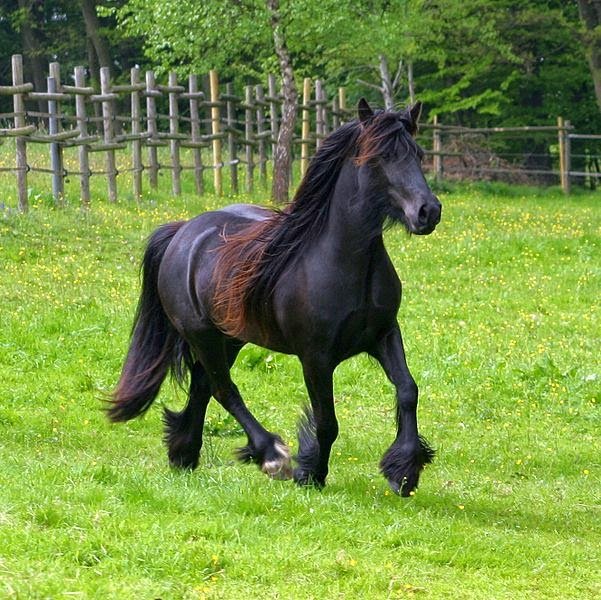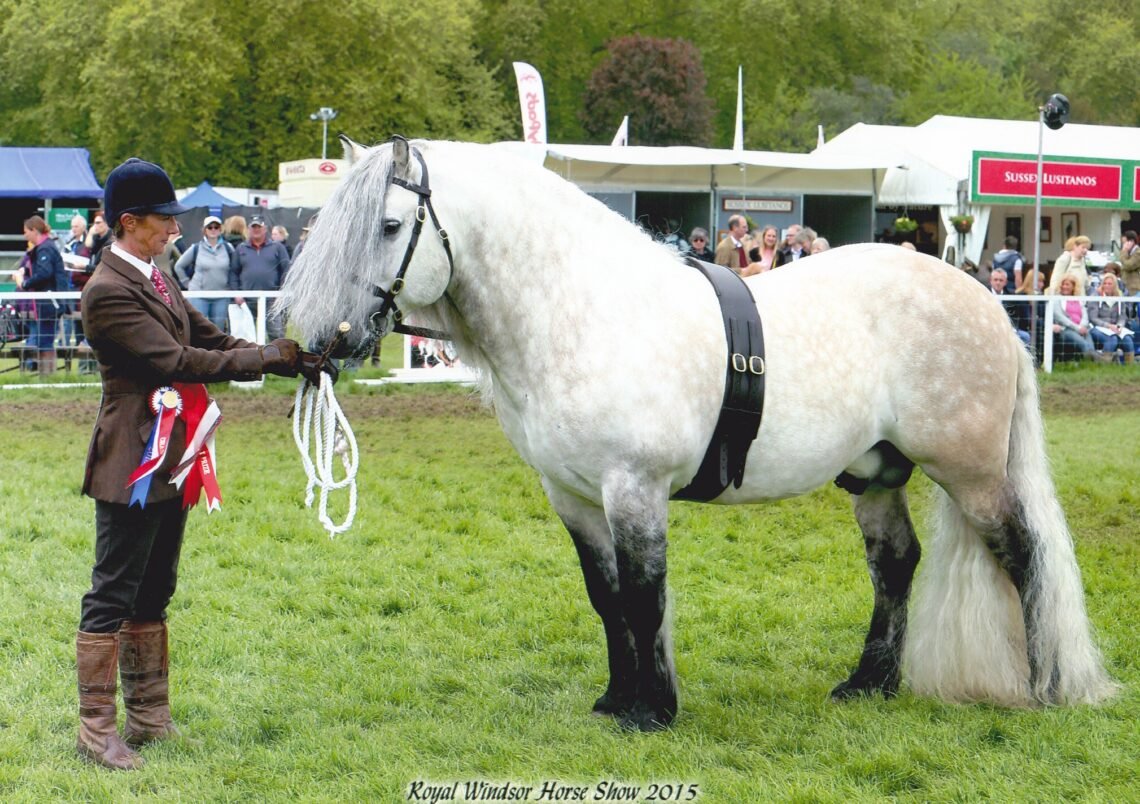Horse breeding~by the numbers
The first horse I bred foaled out in 1991. Hard to believe it. He was out of my good mare by a kind, athletic, and versatile stallion. Me and my mom had owned the mare since 1983 and she was part of the family. We showed her son and continued showing her. We’ve maintained a very small breeding program since, having bred 45 foals in four breeds: AQHA, APHA, PtHA, and AHHS. So, if I started out showing and then breeding stock horses, how did I end up with Hackney Horses? It goes kinda like this…
I loved stock horses, both Quarter Horses and Paints. I didn’t have much exposure to anything else growing up here in SW Idaho. All the horse folks around me that I knew were showing all-around, reining, or cow horse. Why wouldn’t I?! I was crazy about bloodlines as soon as I knew what they were and was fascinated when our 4H club went to Williamson’s Quarter Horses to practice for horse judging. Listening to Sylvan talk about the horses they pulled out for us to “judge,” their sires and dams….I was hooked!
In 1990, we bought our first stallion and 3 good mares. We bred some pretty darn nice horses over the years. Some average ones too. And a couple of clunkers. Not all crosses work out in real life even if they look good on paper. We migrated from Quarter Horses to Paints and by then had bred some local, regional, and national champions in AQHA, APHA, and PtHA. For such a small program as ours, we were pretty proud of what we had accomplished. Why not keep going?
I can’t remember the day but a realization hit me like a ton of bricks. On average, Willow Grove produced 1-2 foals per year. In 2014, AQHA registered 263,528 foals. That same year, APHA registered 50,211. Our one or two foals per year weren’t going to make any meaningful difference with those kinds of numbers. I realized the world may not need any more Paints and Quarter Horses. In 2007, I began to research lesser-known breeds and discovered the Livestock Conservancy and their lists of critically endangered livestock breeds.
I was fascinated to read about and watch videos of truly rare, purposefully bred and historically significant breeds originating all over the world. I had heard of the top 2 critical breeds at the time: the Suffolk Punch draft and the Cleveland Bay. Not wanting to get into draft horses and struggling to visualize a life with solid bay horses I looked to the third breed on the list: the Hackney Horse.
“What the heck is that?” I asked. I looked at pictures and thought the horse to be very athletic. Then I saw a video. Full stop. What the heck? Of course, I wasn’t interested in the horses having their necks so high and being wired to trot like a storm but I thought to myself, “If they can do that, what could they do with different schooling?”
Wow. I had never seen anything like this in my life and I was definitely intrigued! I hunted high and low all over the US for some Hackney Horses to get started with and bought a stallion and a mare from Chambord Hackney Farm in Illinois; Chambords Kodiak and Chambords Miss Friday. Training these two was a master class in, “These are NOT stock horses!” I grew so much and the horses were inspiring. CMS Gypsy Queen joined the group a few years later. We began with crossbreds (because I was showing Friday and didn’t want to breed her yet) and we were pleased with every one of them. Our first purebred was Willow Grove Kaleidoscope in 2019. She came out in her first shows in 2023 and again, so inspiring!
Why is all of this so important to me? Because rare things have value and deserve to be preserved. The Hackney Horse is a direct descendant of the “Faire English Trotters” mentioned in the 1400s and highly sought after by European state studs to improve their stock. Hackney Horses were a critical means of travel both ridden and driven. They could trot for 50 miles at 17 miles per hour. Hackney Horses were the quintessential mark of an excellent driver trotting through town and country with speed and style. Hackneys and Hackney crosses set high jump records in a time when these contests were very popular. They are athletes sculpted by test and time. The world deserves to experience these qualities developed over hundreds of years!
Let’s look at the numbers for a little perspective.
Registration numbers for 2014
Quarter Horse: 263,528
Paint: 50,211
Thoroughbred: 23,000 in North America
Arabian: 22,433
Standardbred: 17,500
Appaloosa: 12,096
Tennessee Walking: 5,912
Miniature Horse: 5,028
Morgan Horse: 6,032
Pinto: 7,200
Saddlebred: 6,562
Paso Fino: 3,264
Here are the TOTAL population numbers of some rare and old breeds of note:
Cleveland Bay: 200
Suffolk Punch: 500
Dales Pony: 600
Caspian Horses: 750
Dartmoor Pony: 1500
Hackney Horse: 3000
Highland Pony: 5000
Here are some numbers for fairly well-known, not-as-mainstream breeds for comparison:
Fell Ponies: 6000
Akhal Teke: 6600
Gypsy Vanner: 10,000
Welsh Ponies: 45,000 in the USA
Friesian Horses: 70,000
Norwegian Fjord: 80,000
Iberian Horses (Andalusian/Lusitano): 200,000+
Haflinger: 250,000+
My own conclusion is this: each breed has a history (long or not so long), a set of activities that they were being bred to (hopefully) do, and a culture in which they partnered with humans in daily life. I hope more people will be willing to consider investing in a breed that needs support. Hundreds of years and generations of people have invested in developing and maintaining these breeds for us to enjoy. Most breeds are able to do most things, just in their own way! How fun would it be to introduce more people to the rare breed of horse you found to be your partner in crime! Let’s not allow them to fade away on our watch! Visit The Livestock Conservancy to find a breed you could invest in!
Enjoy these photographs of horse breeds you might never have seen before! Then visit the Livestock Conservancy and get more information about them! The variety and unique qualities of these breeds are a delight even for “window shoppers!”
